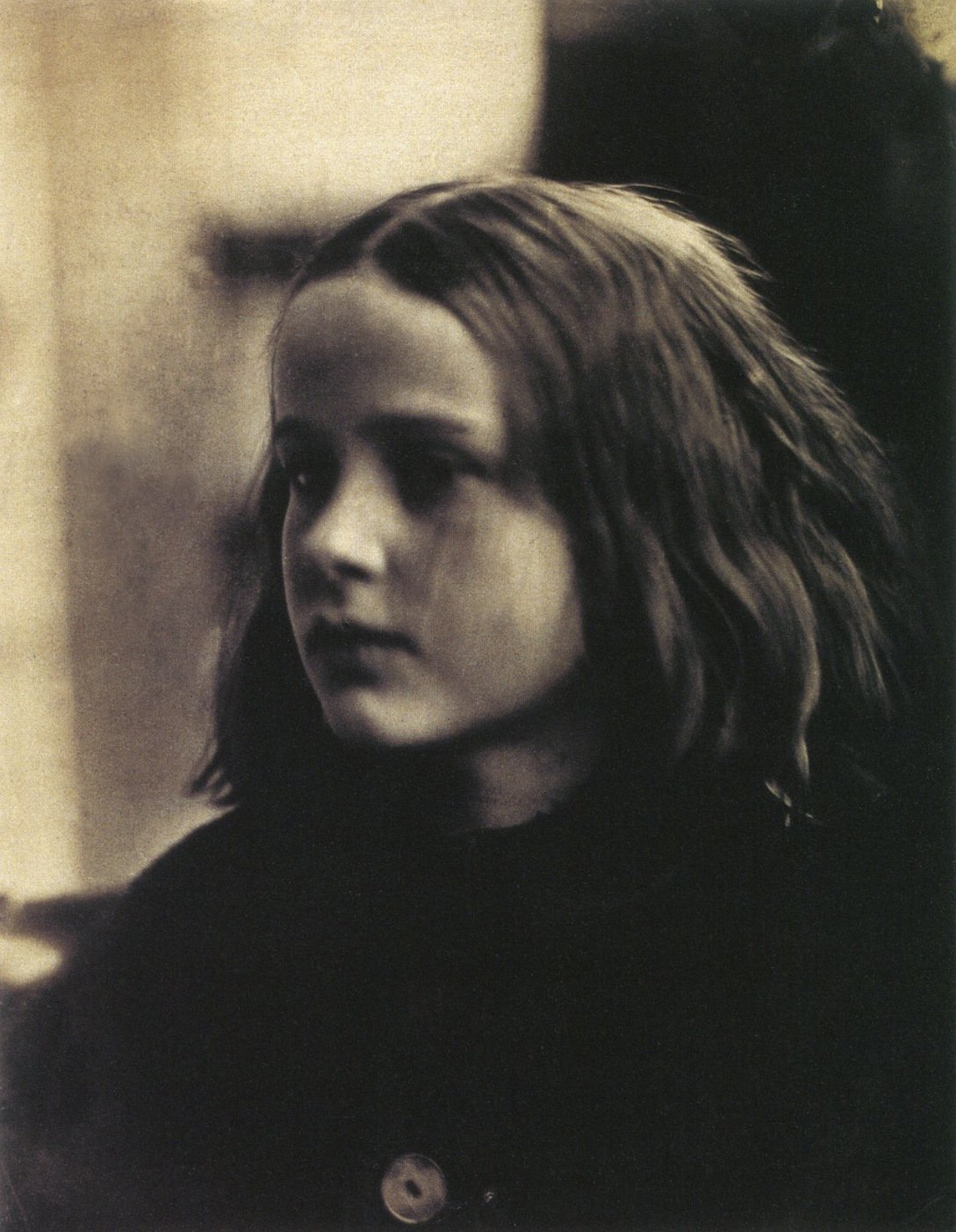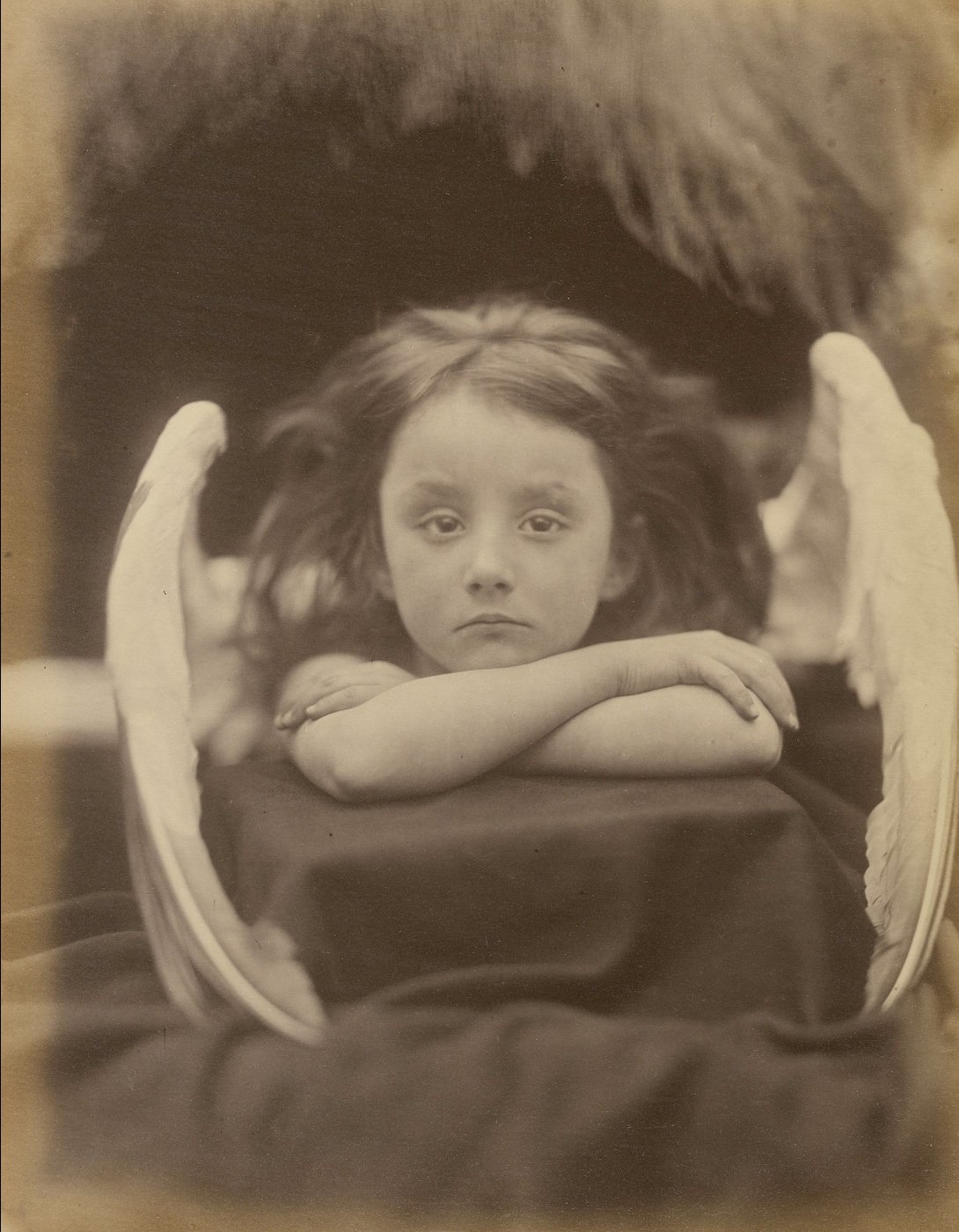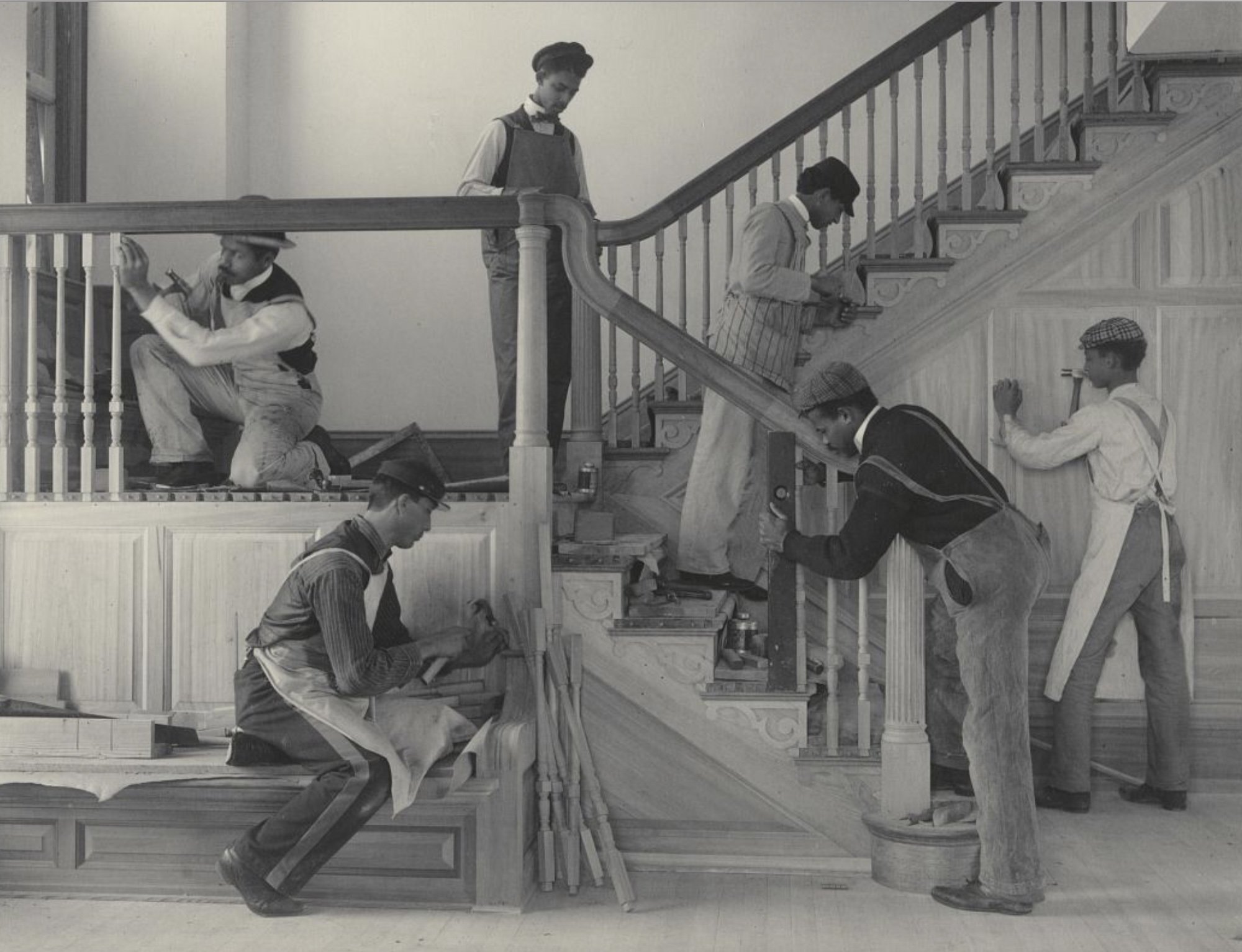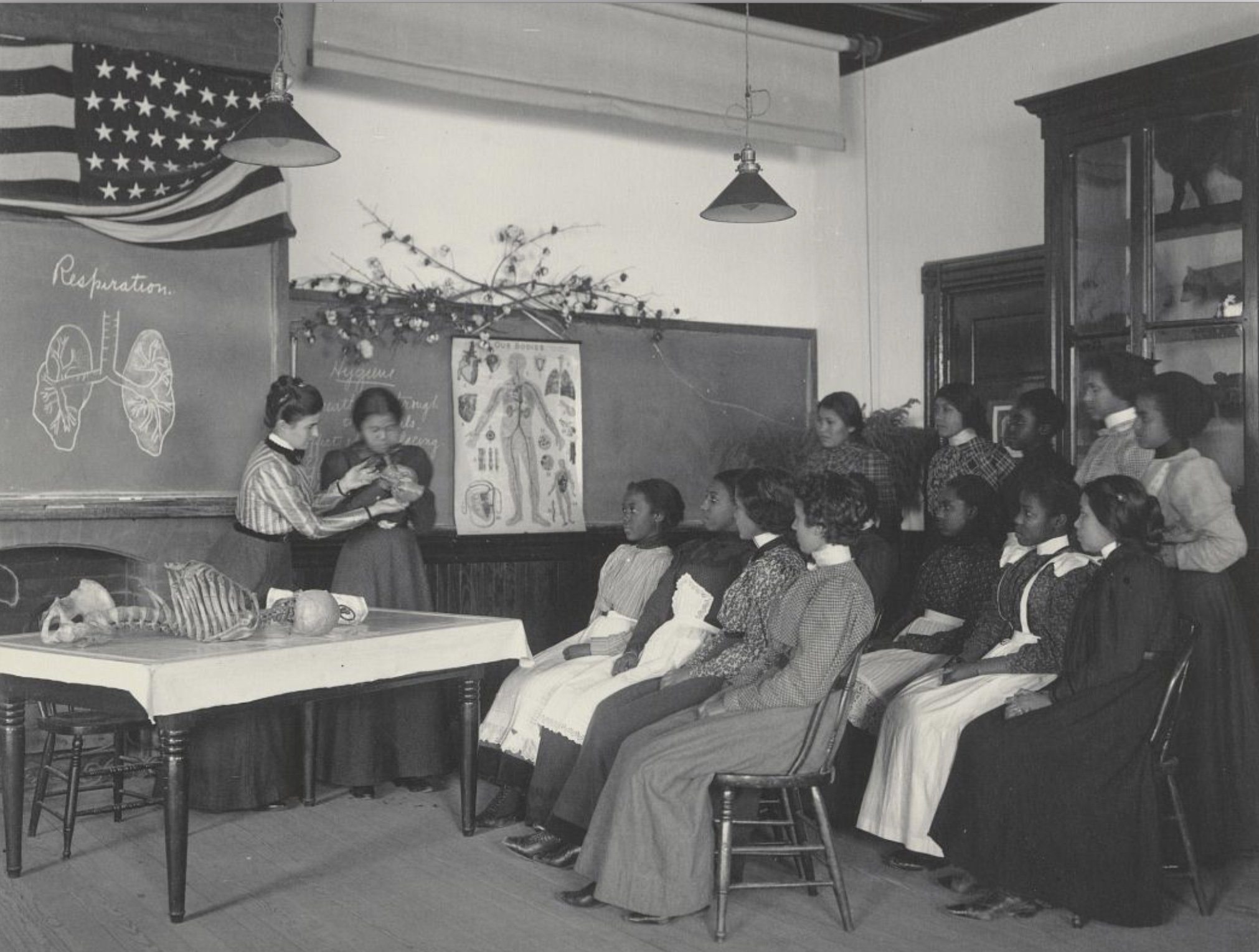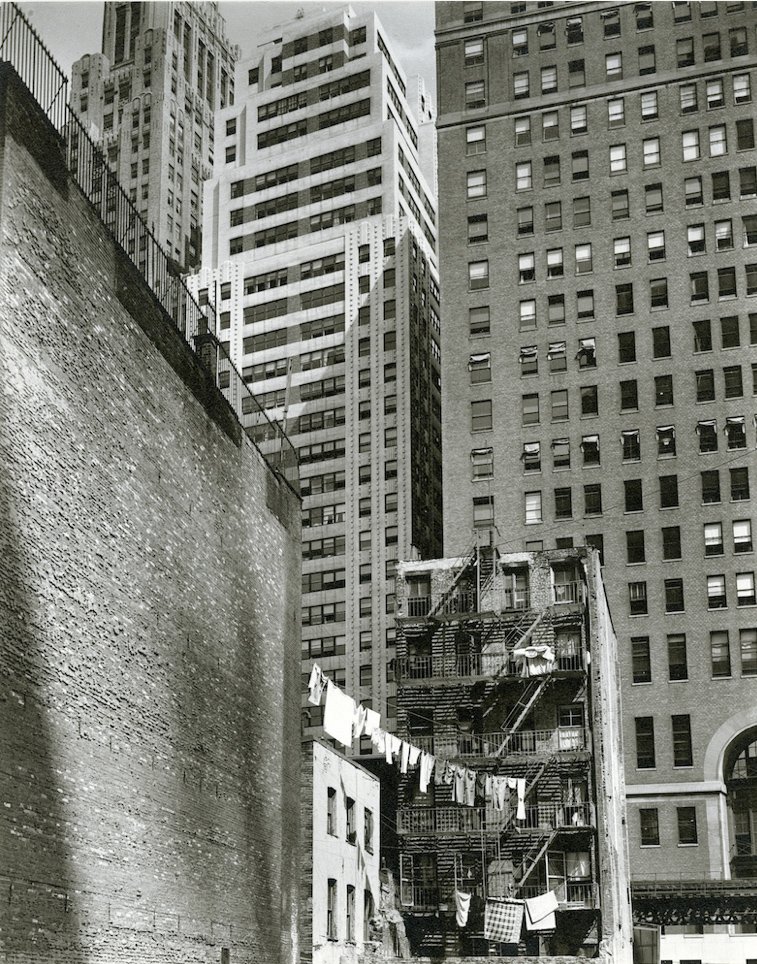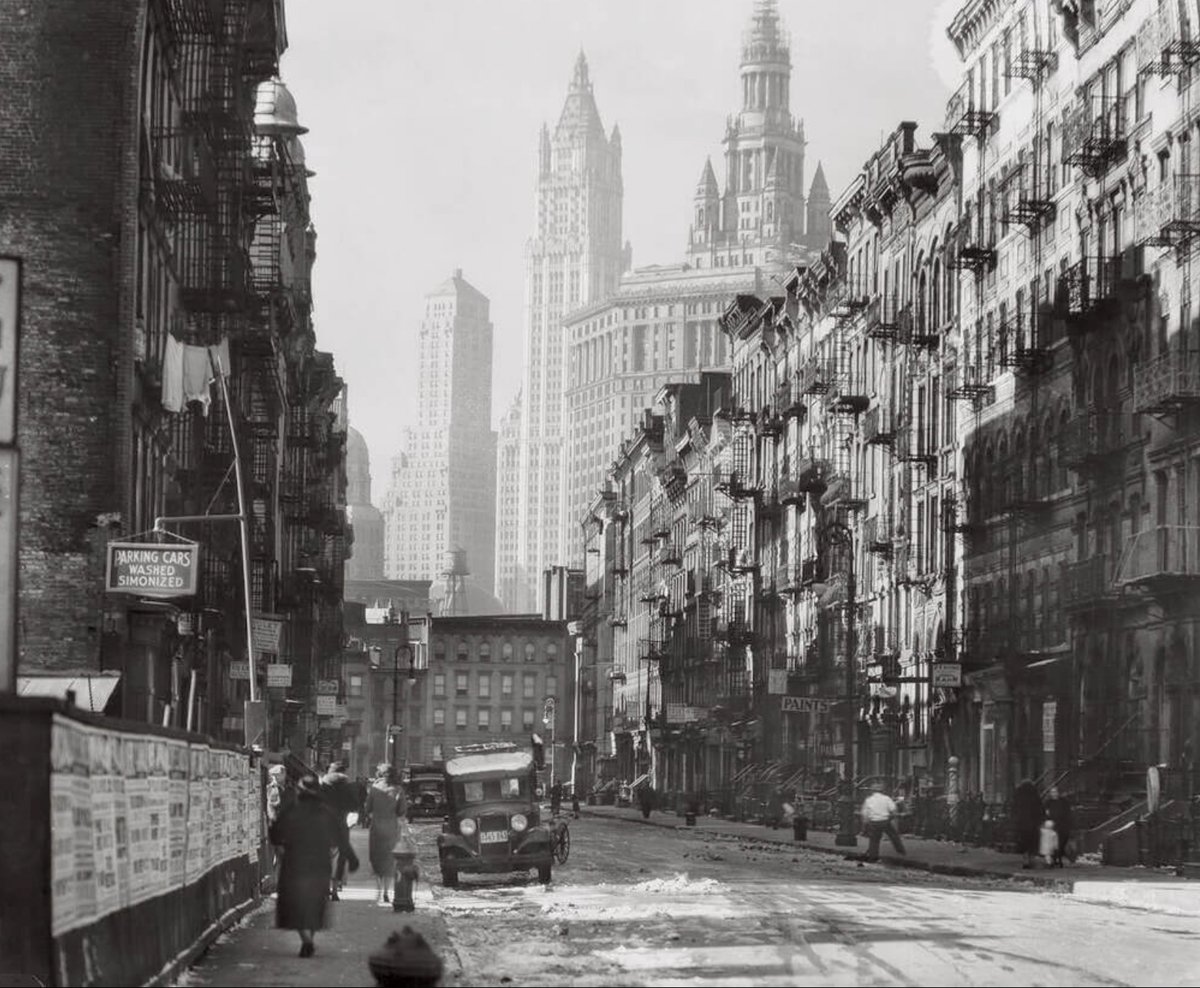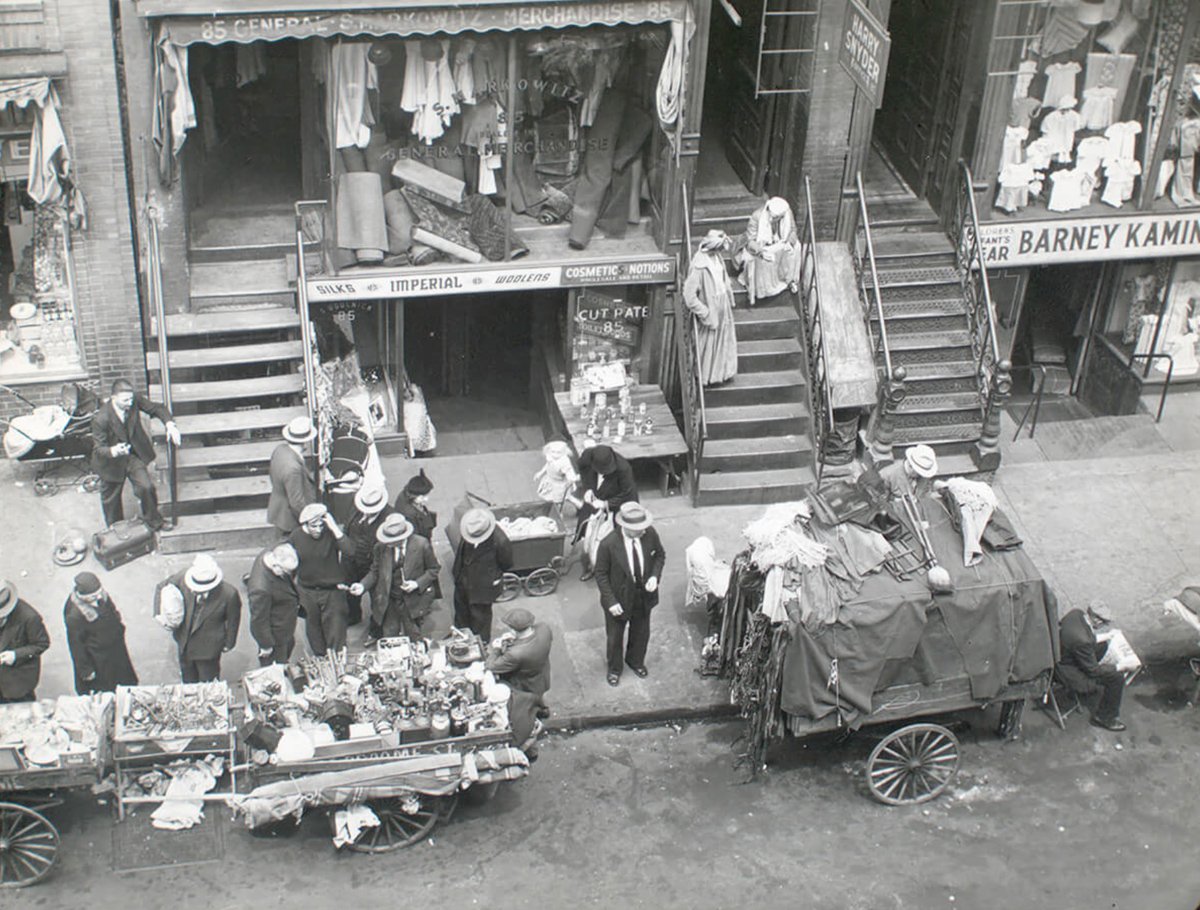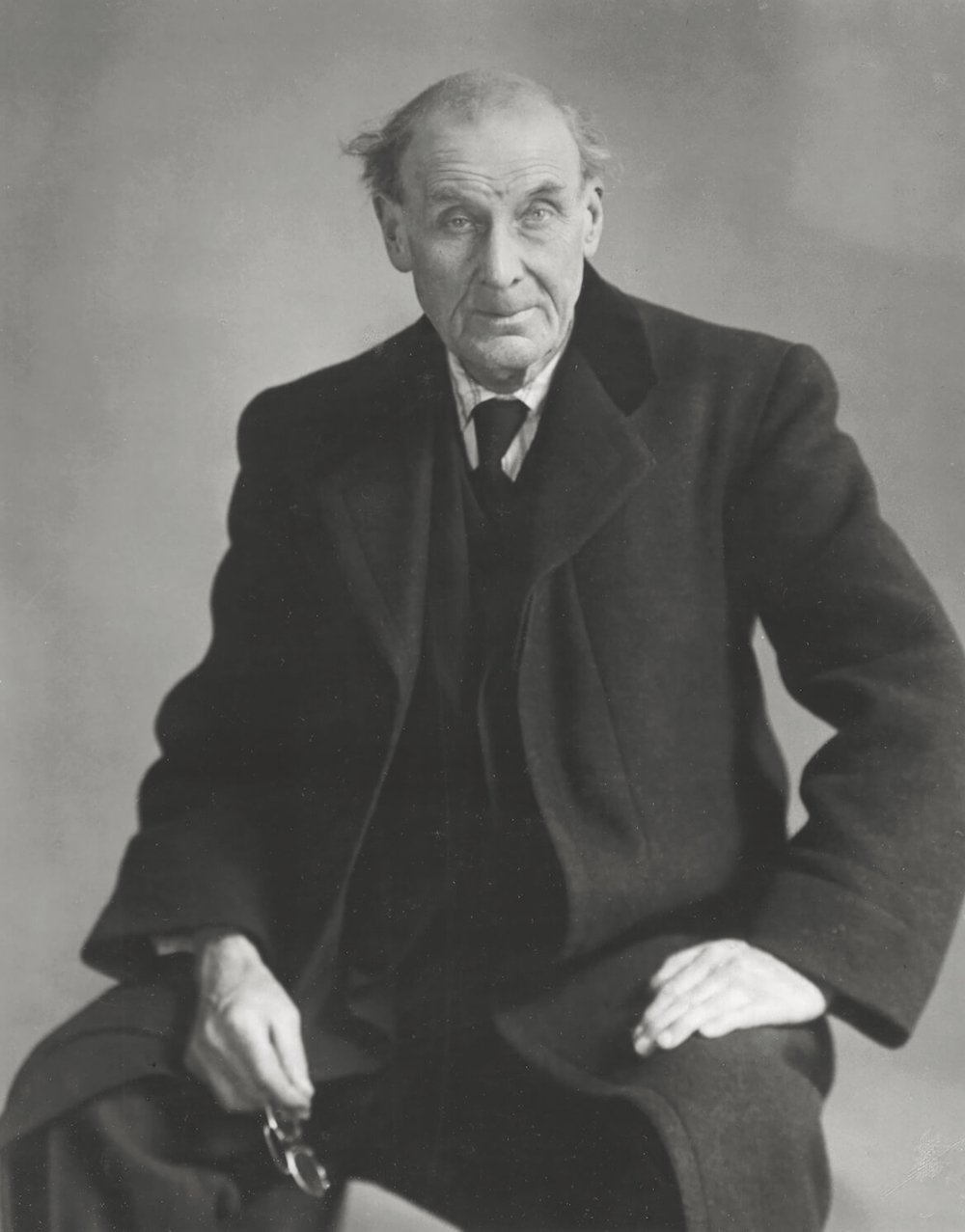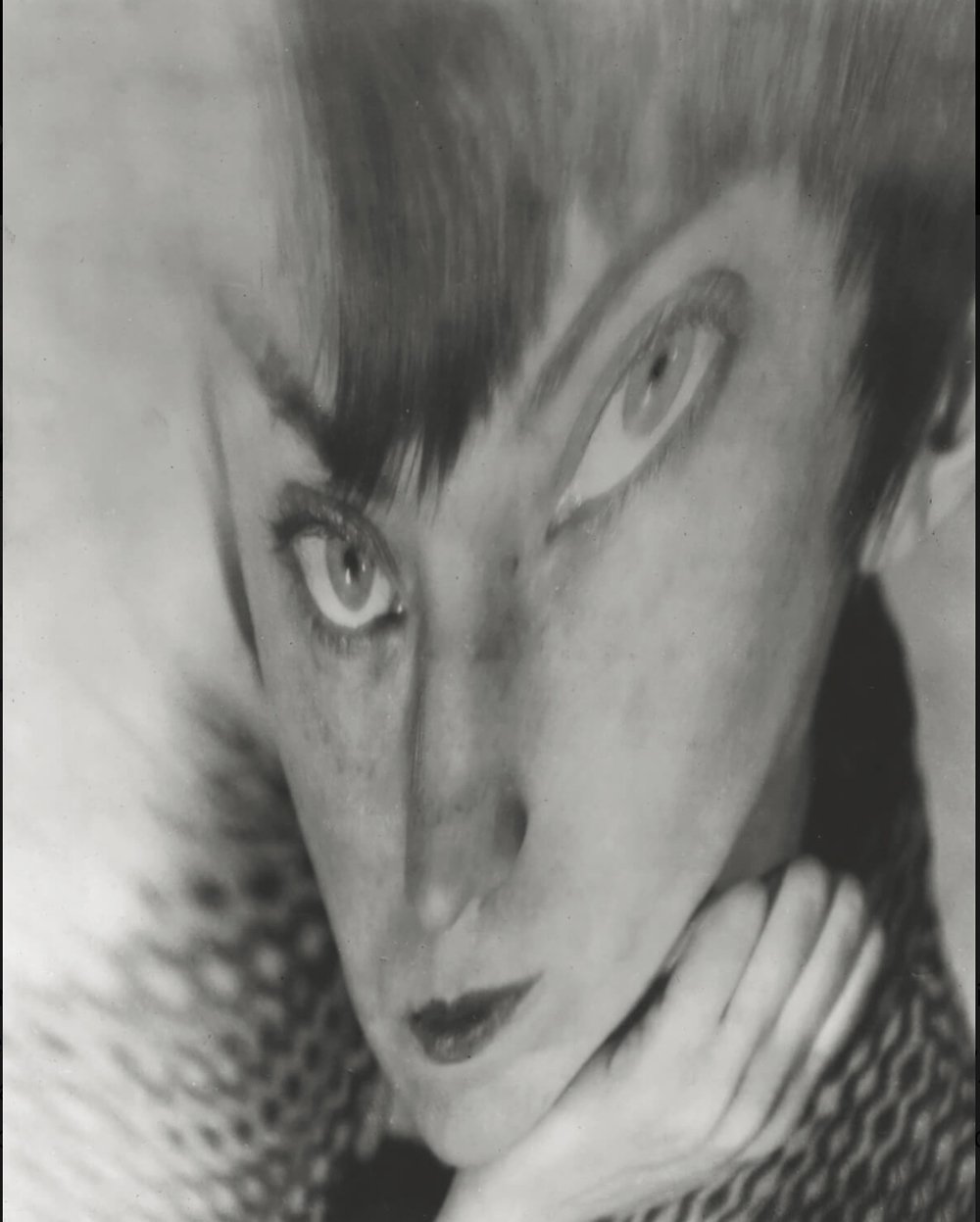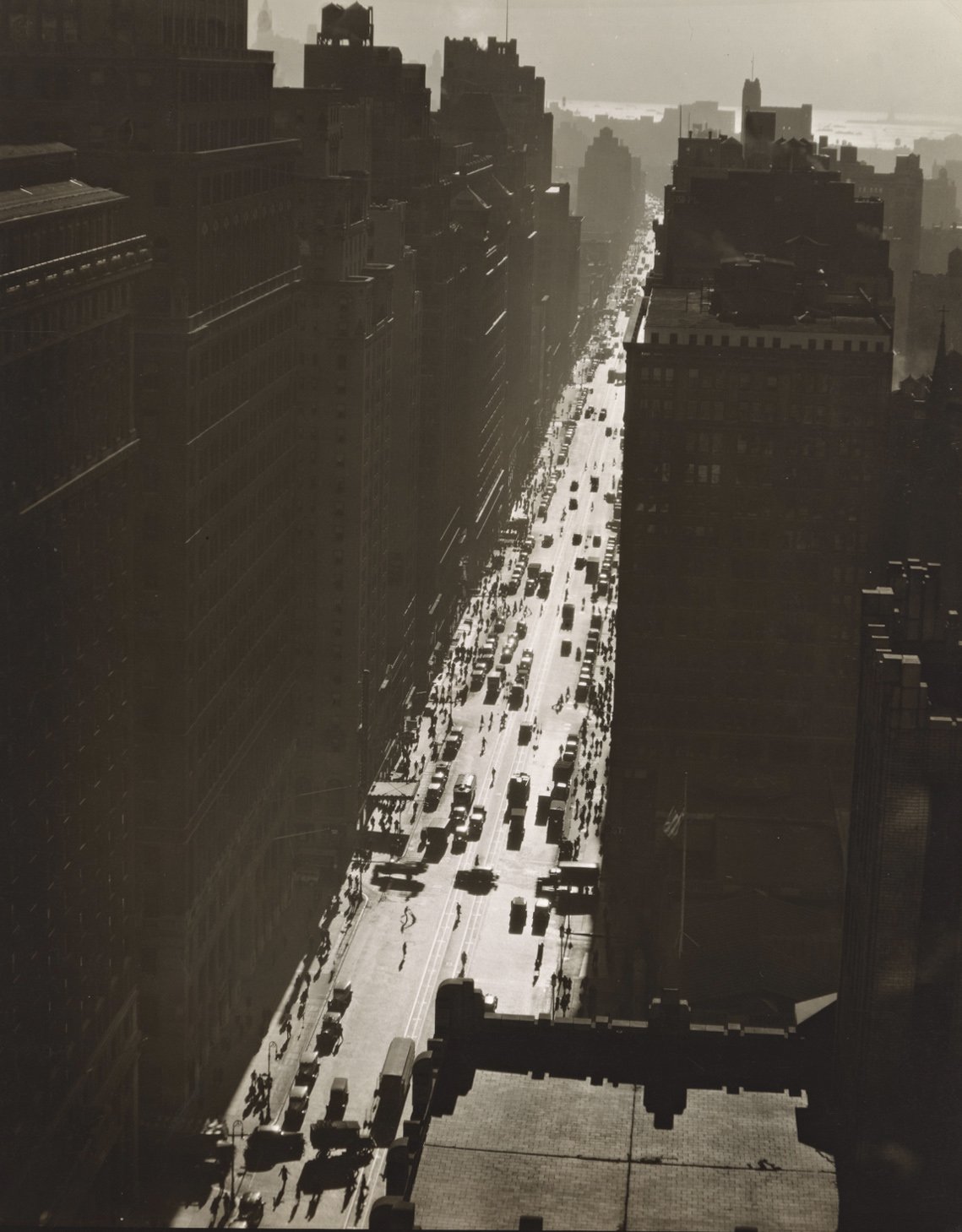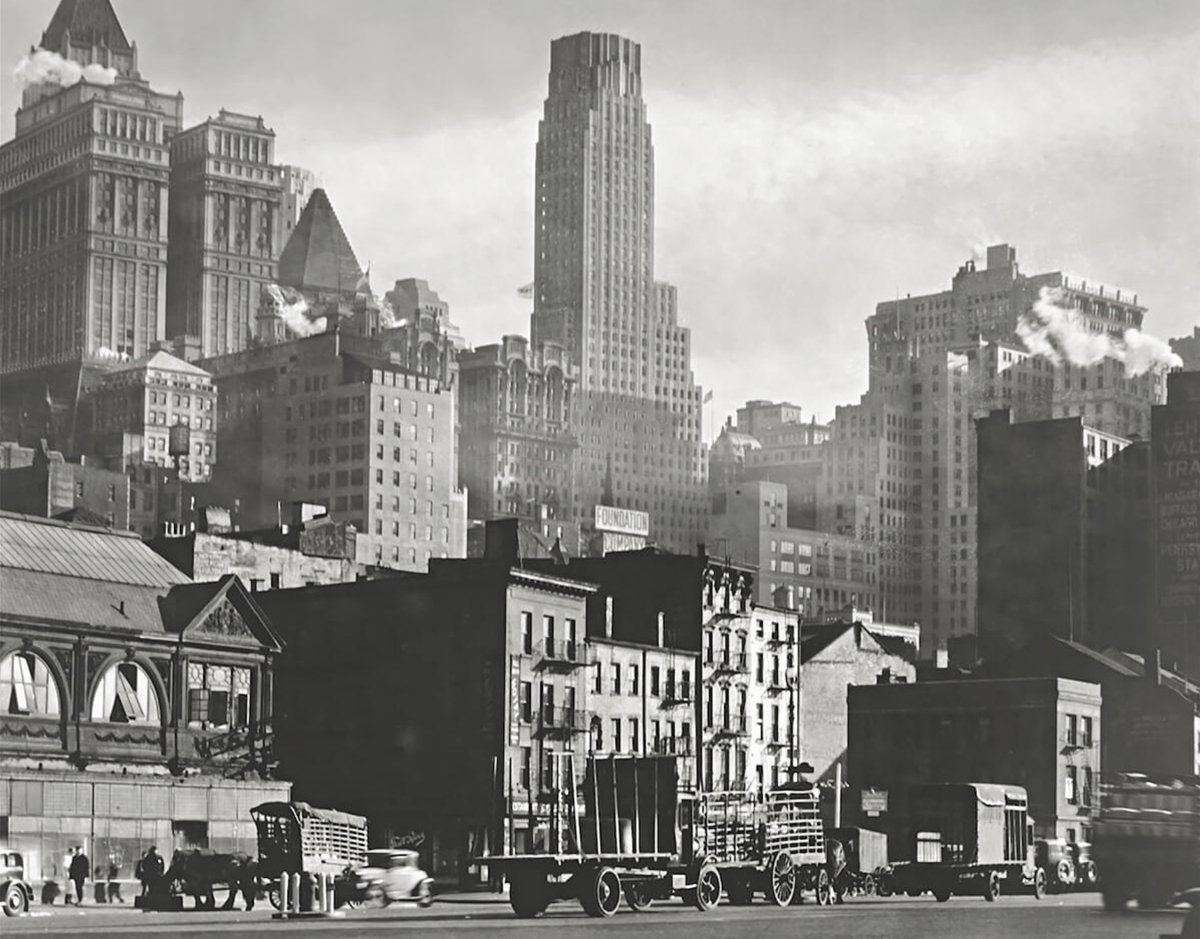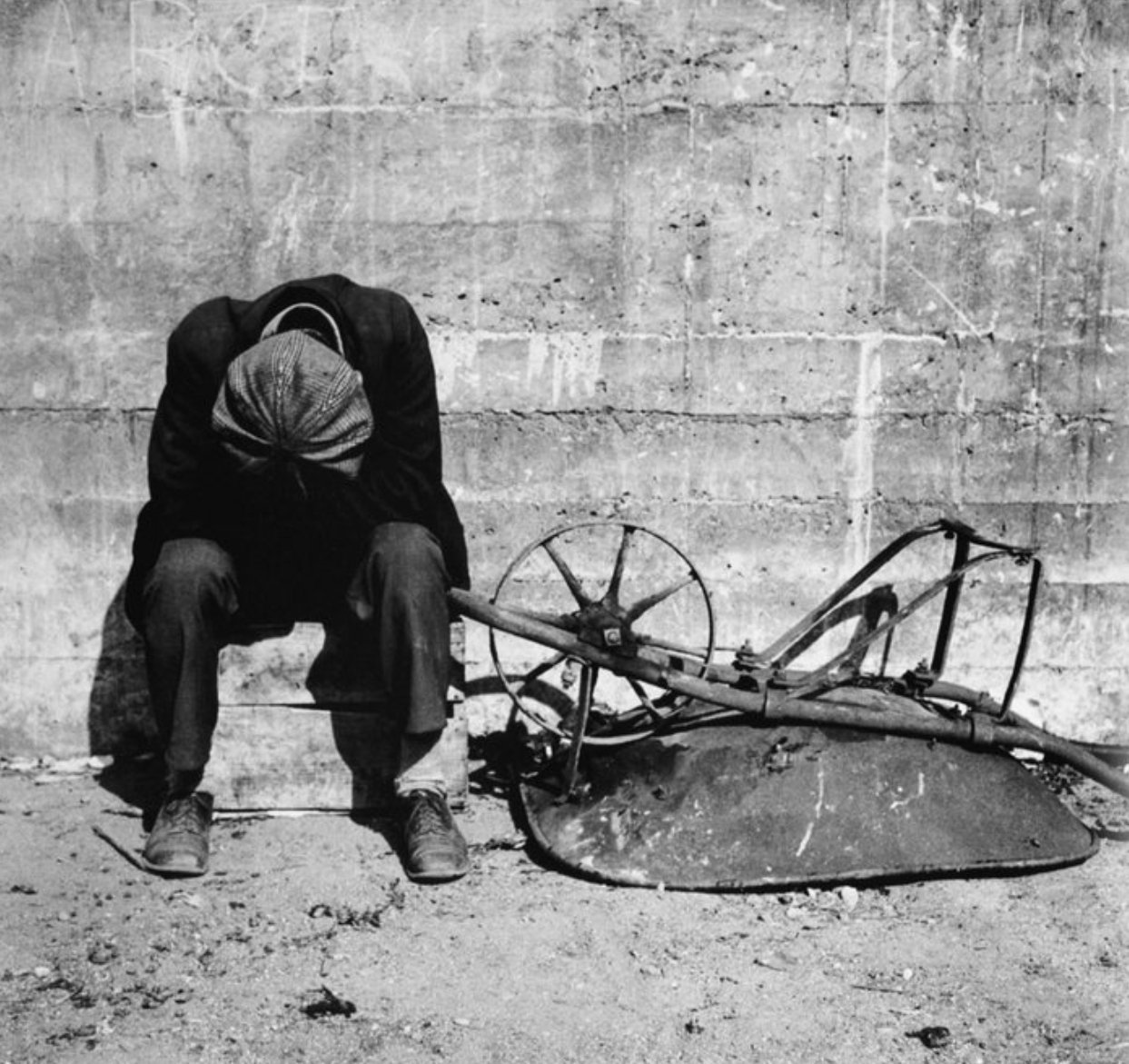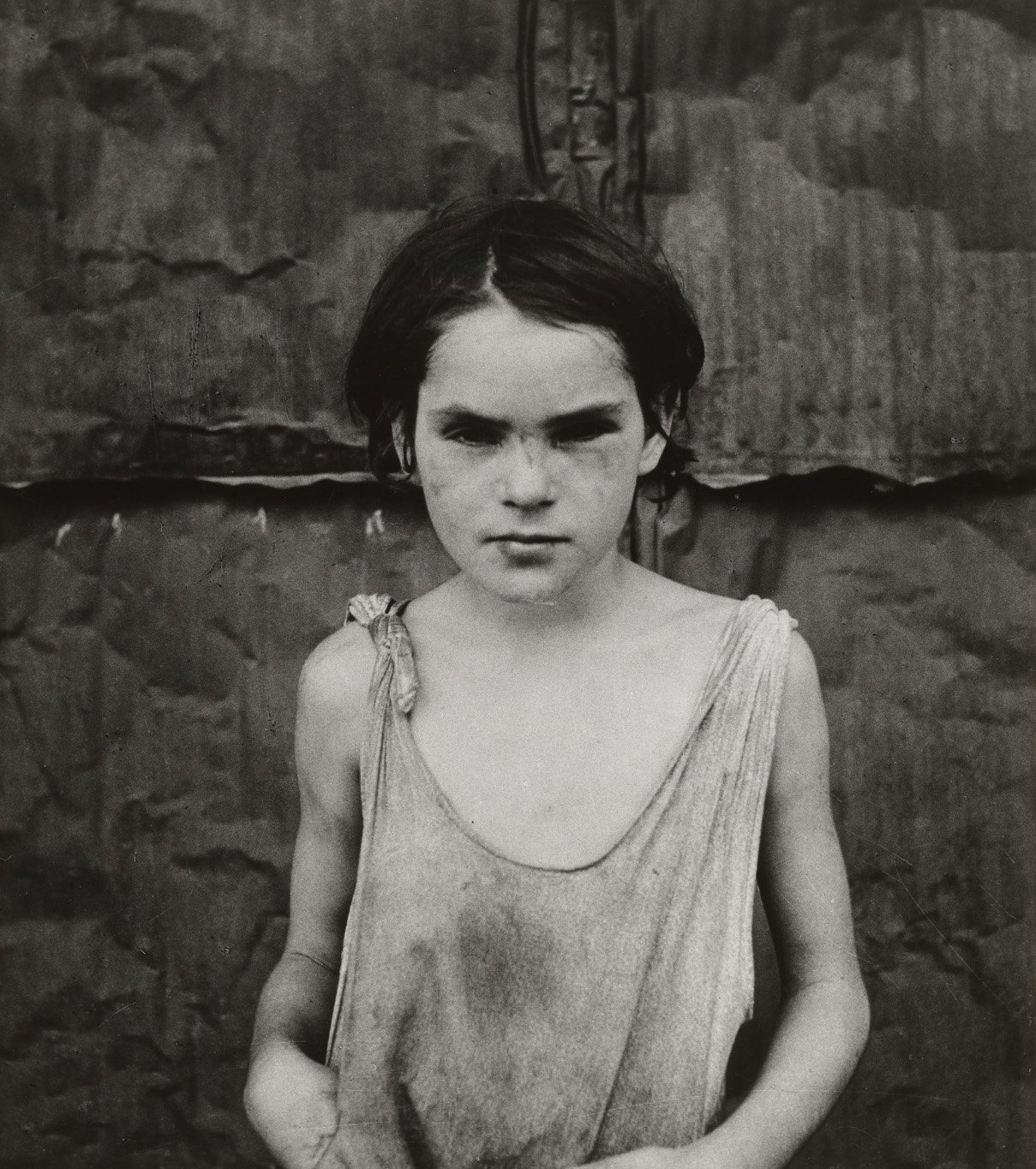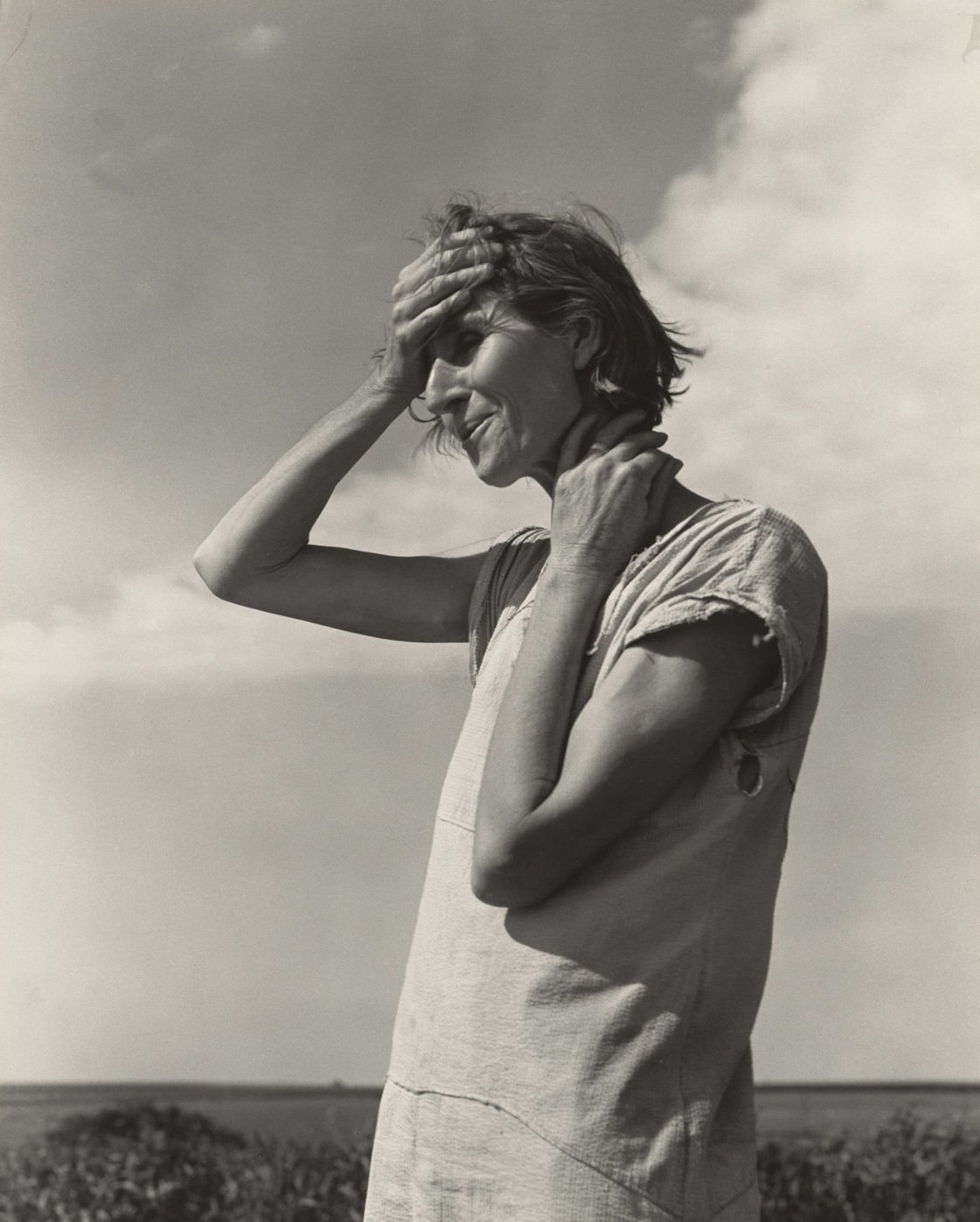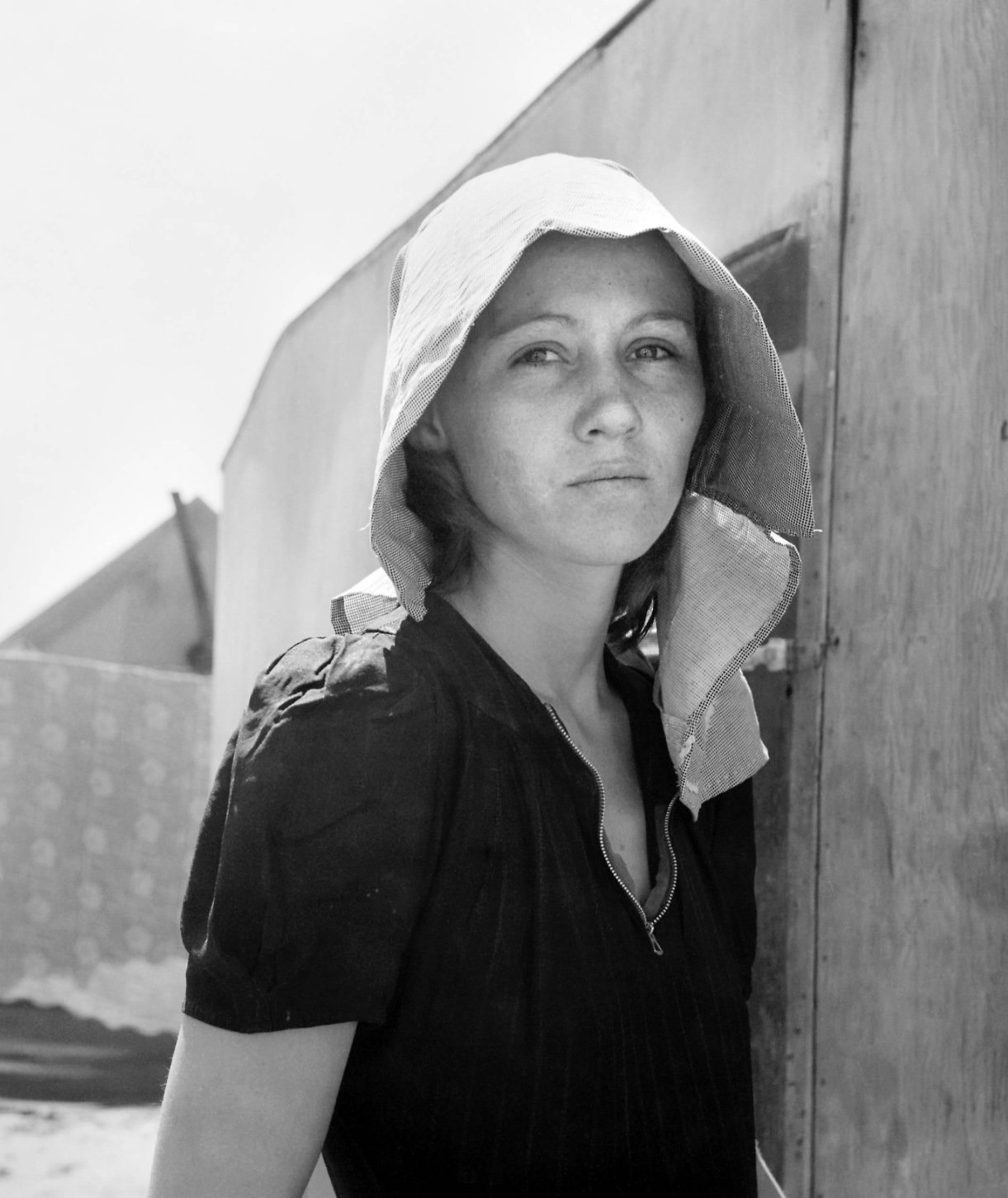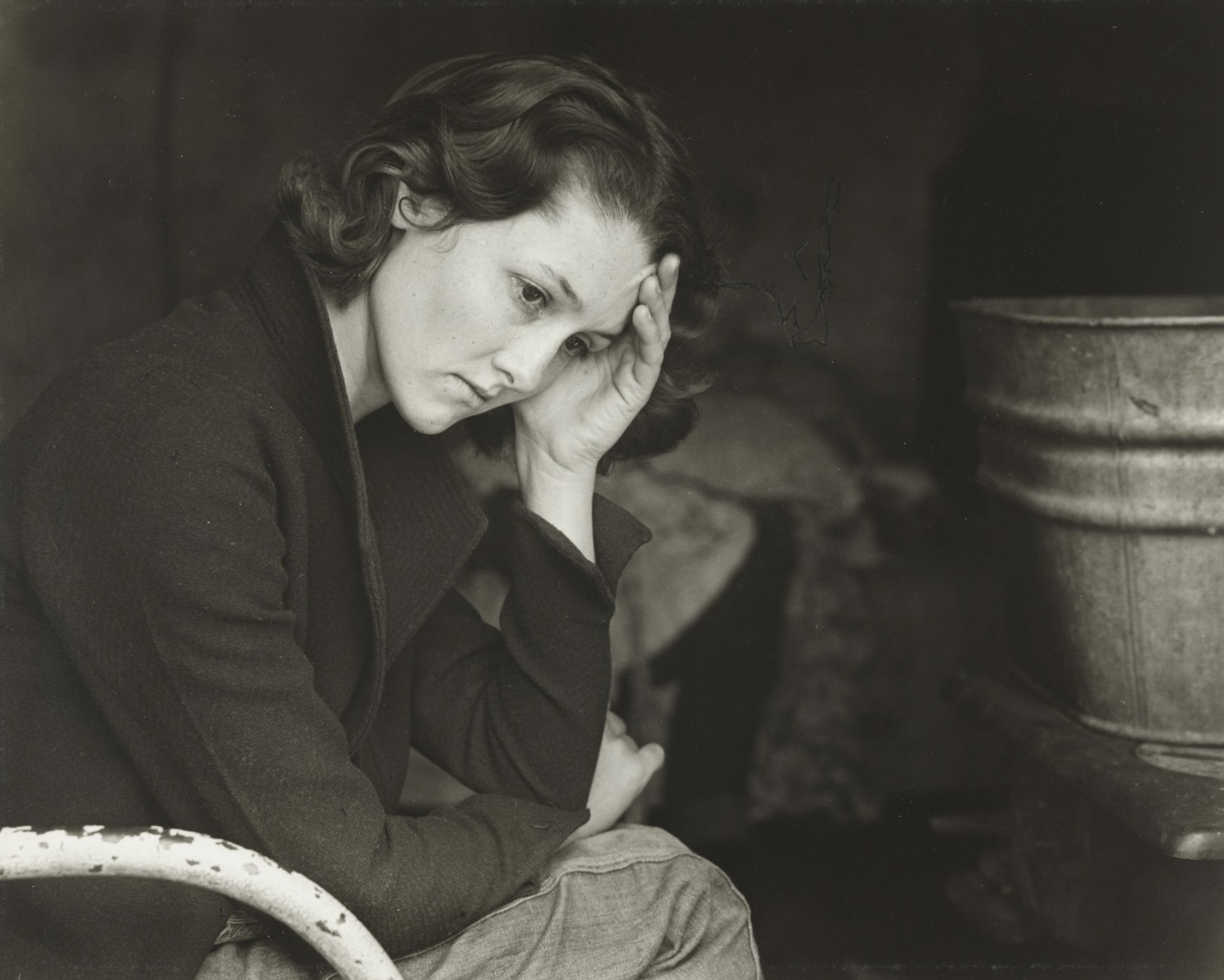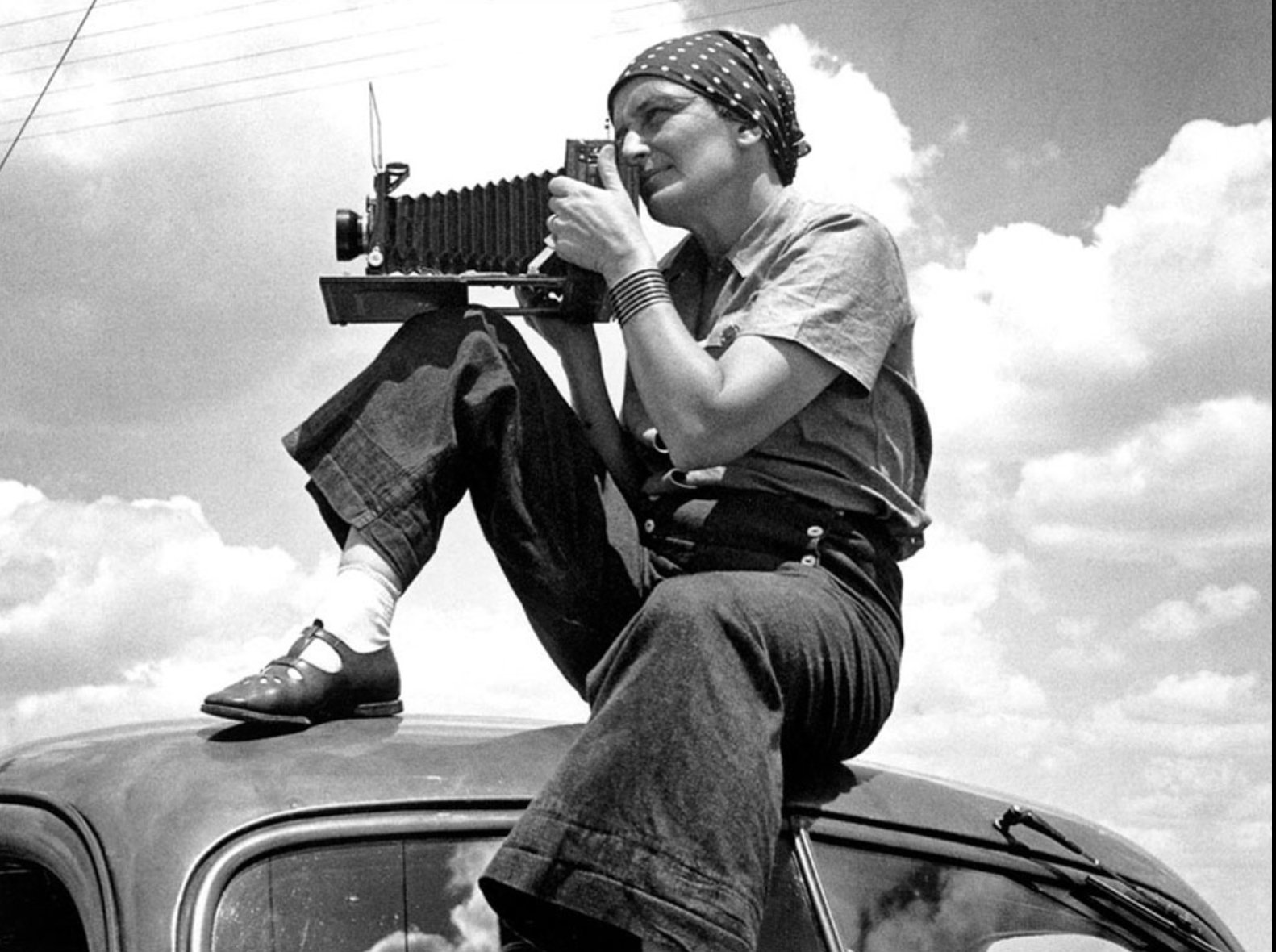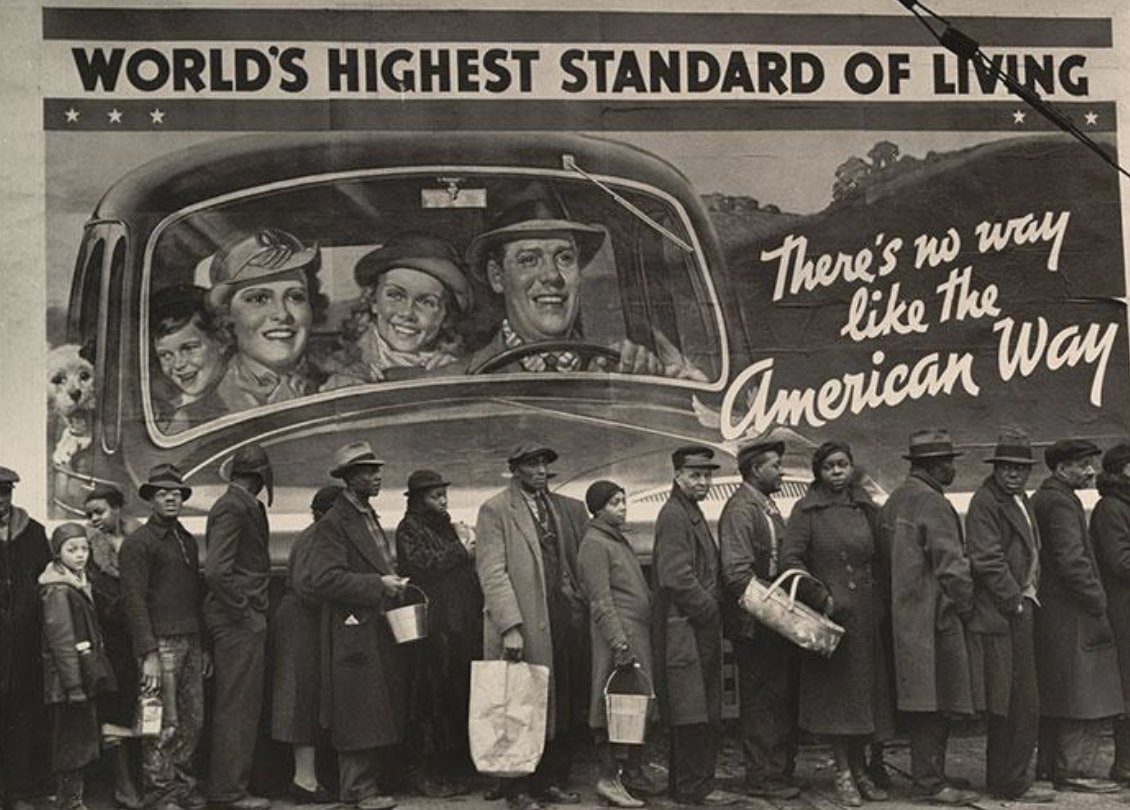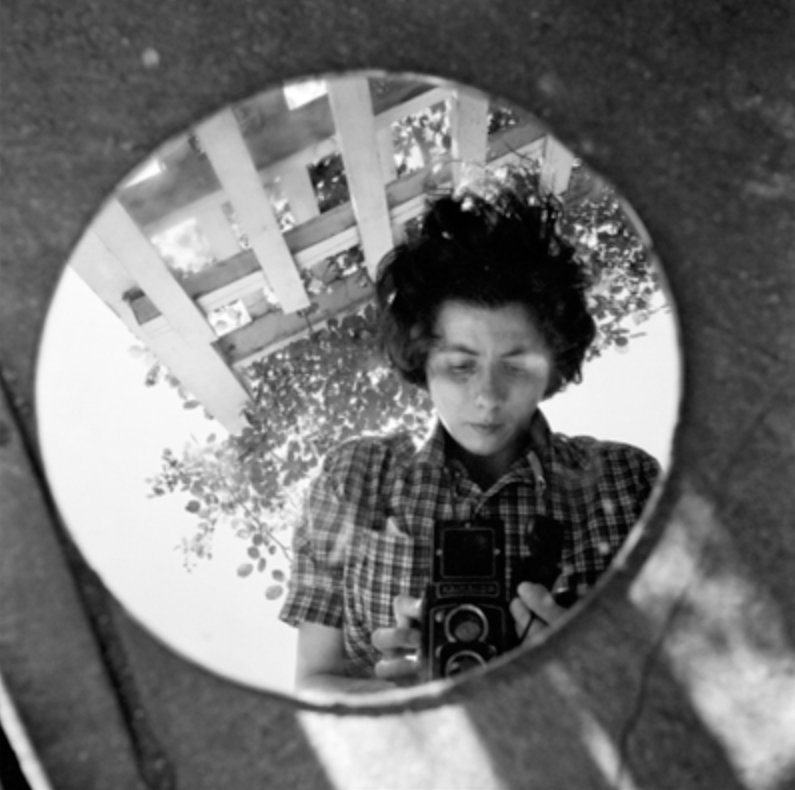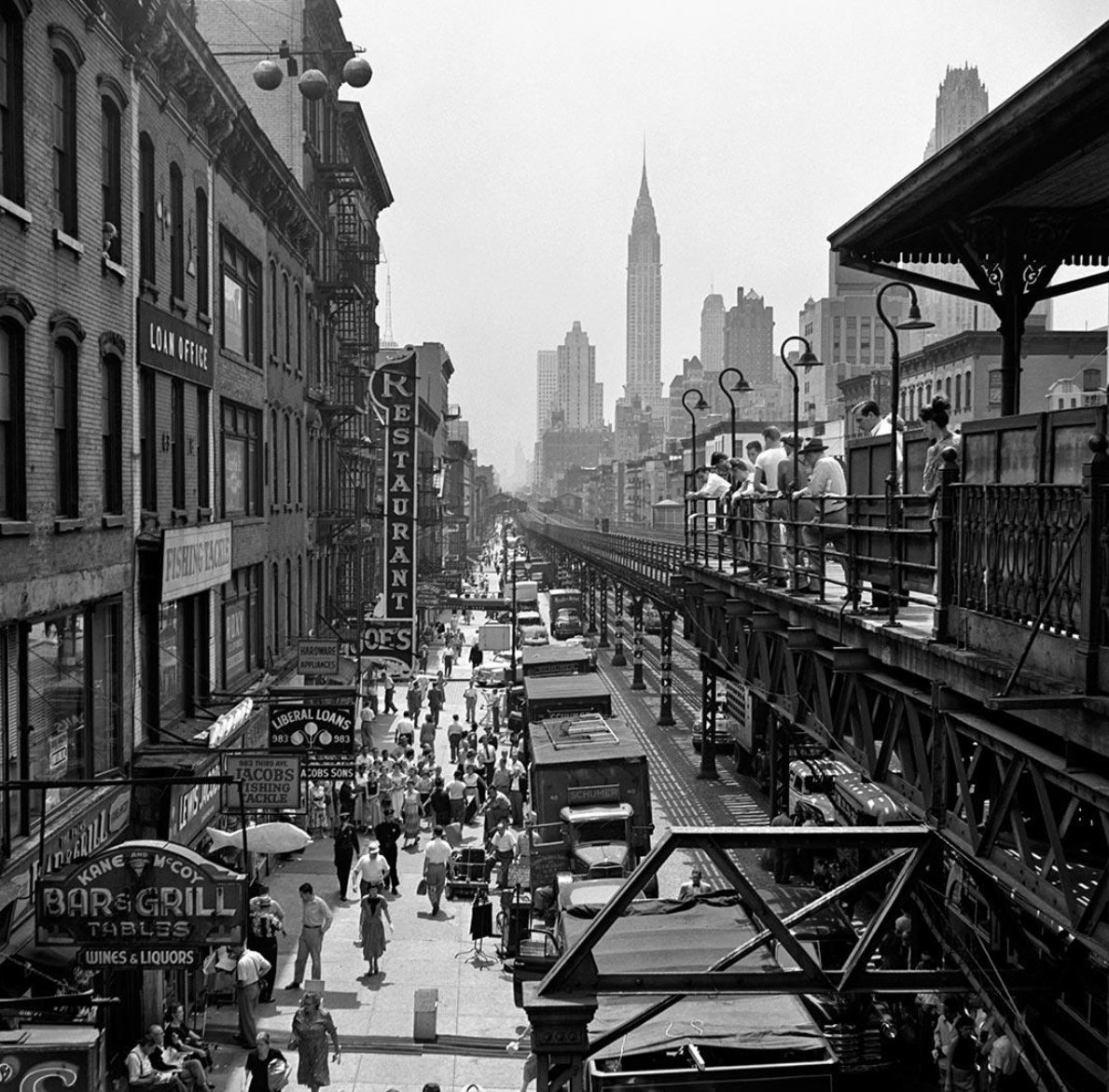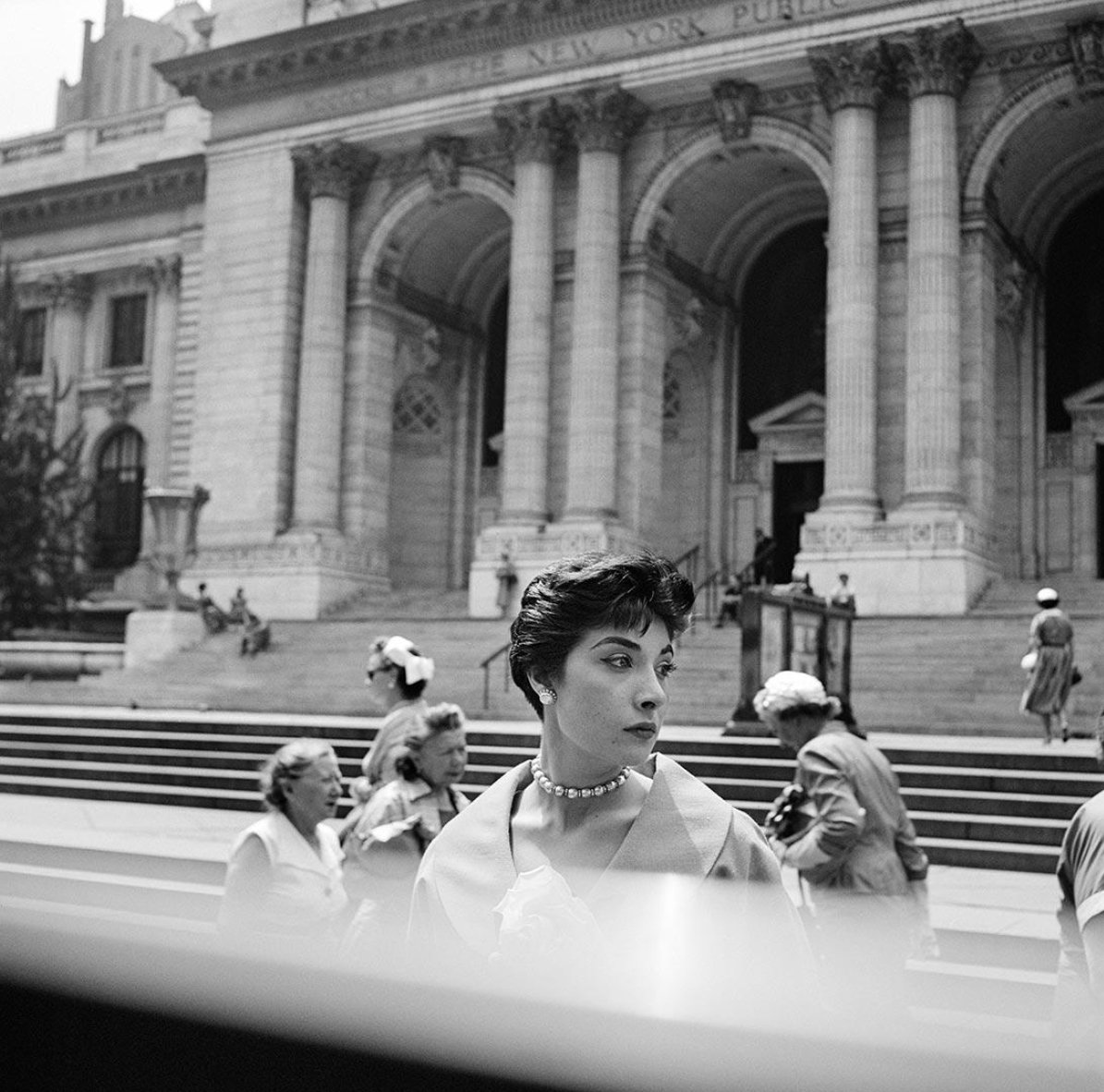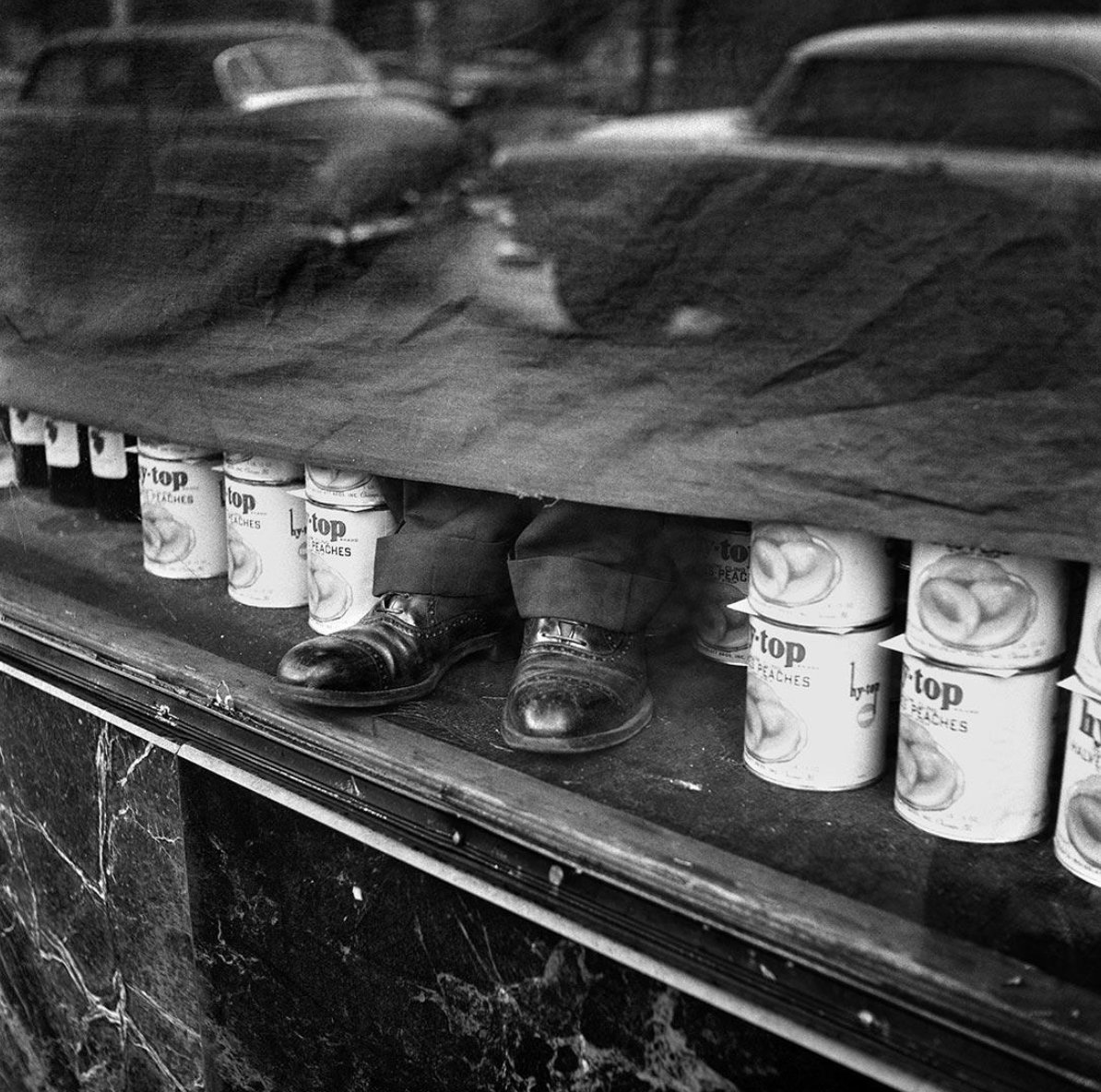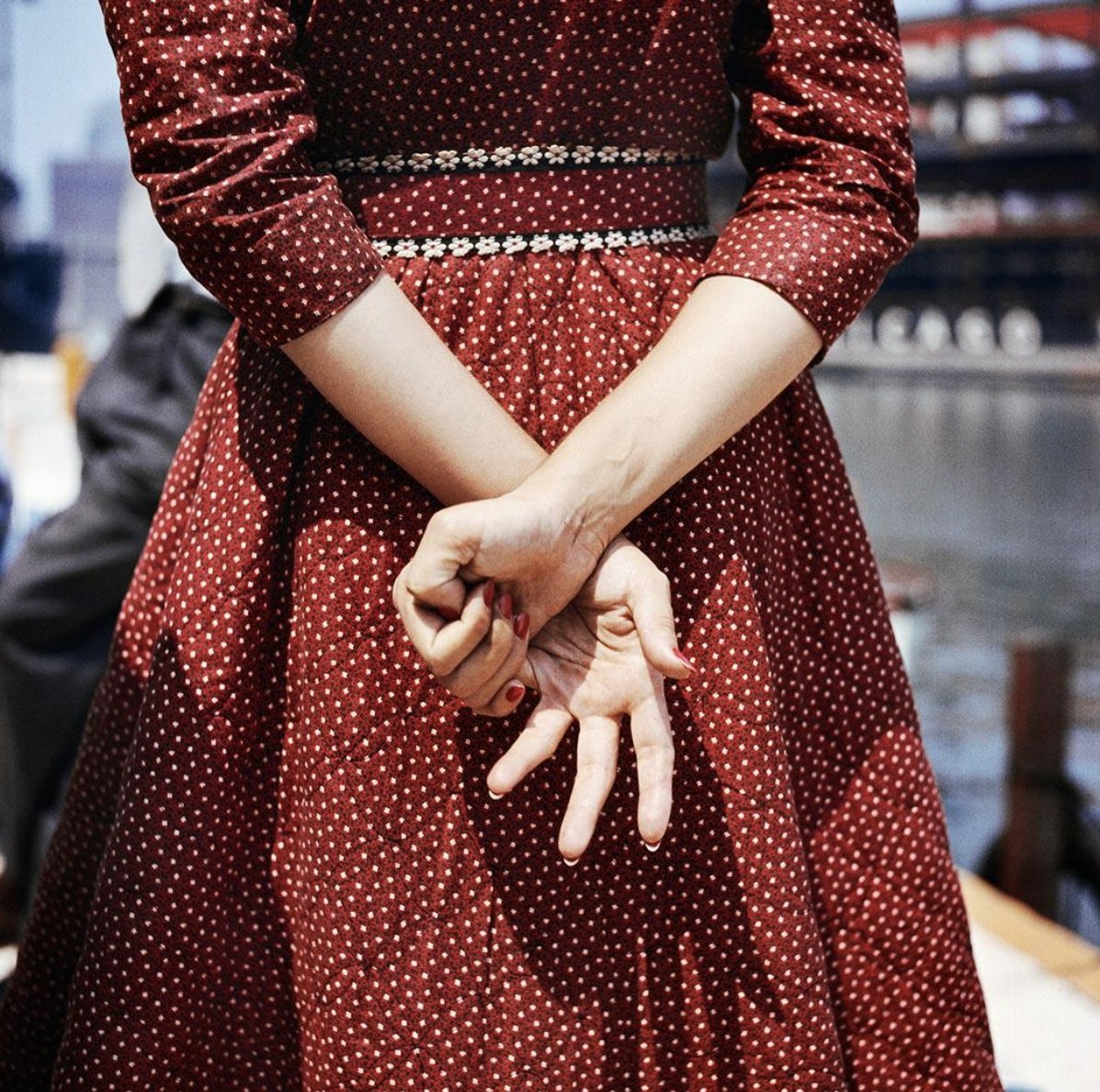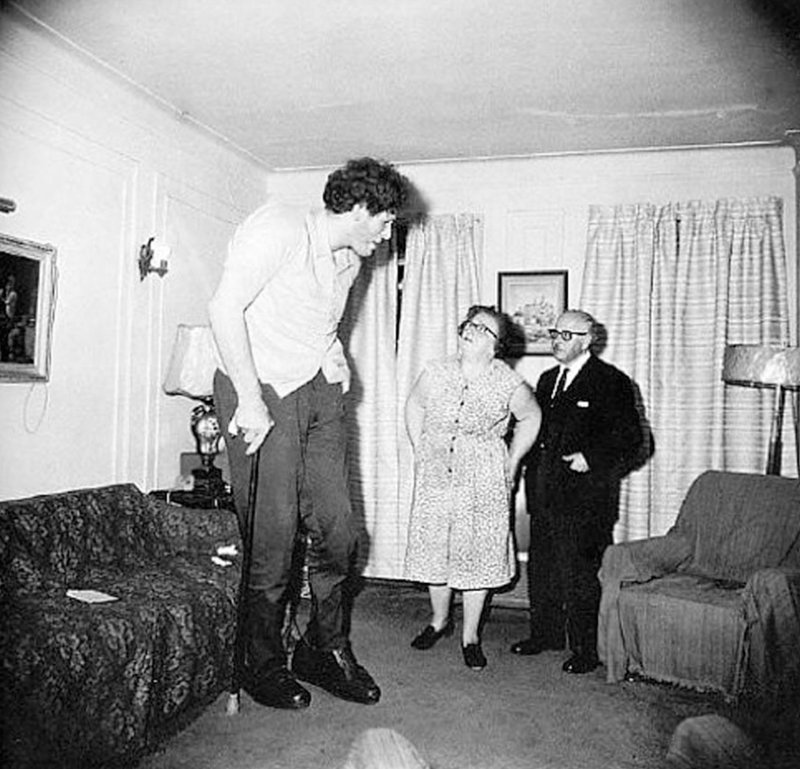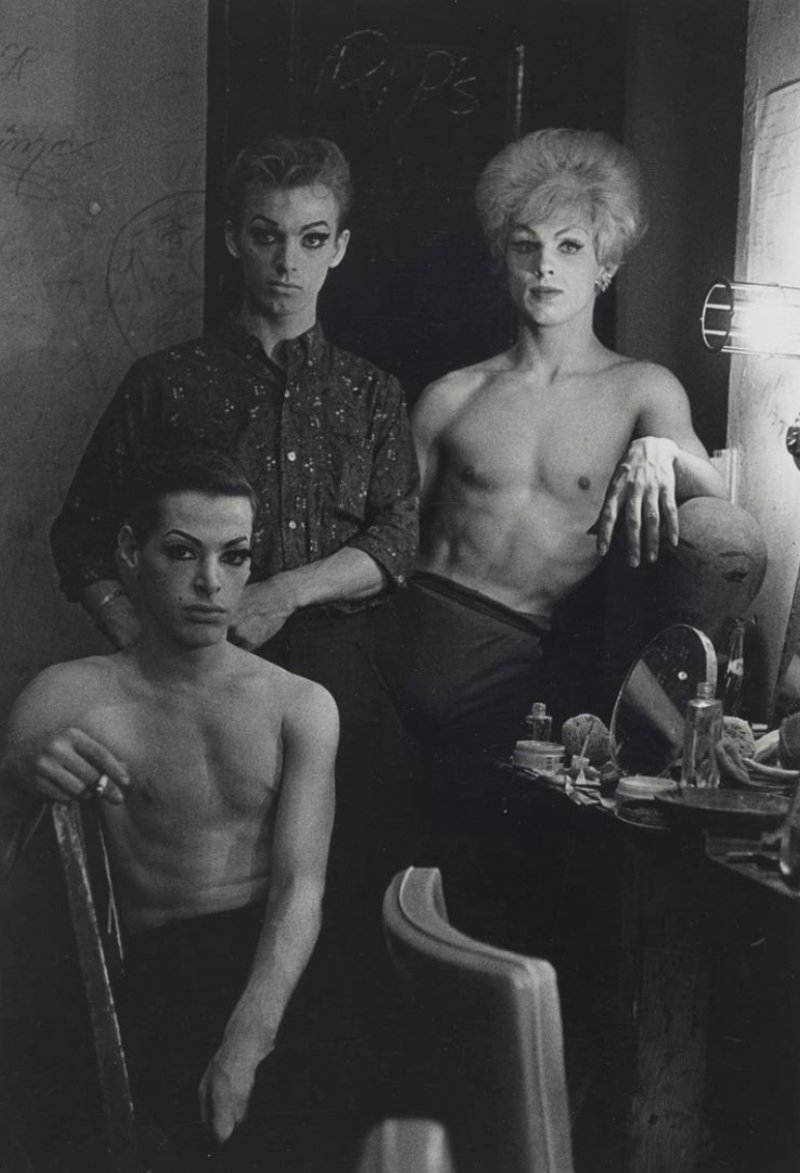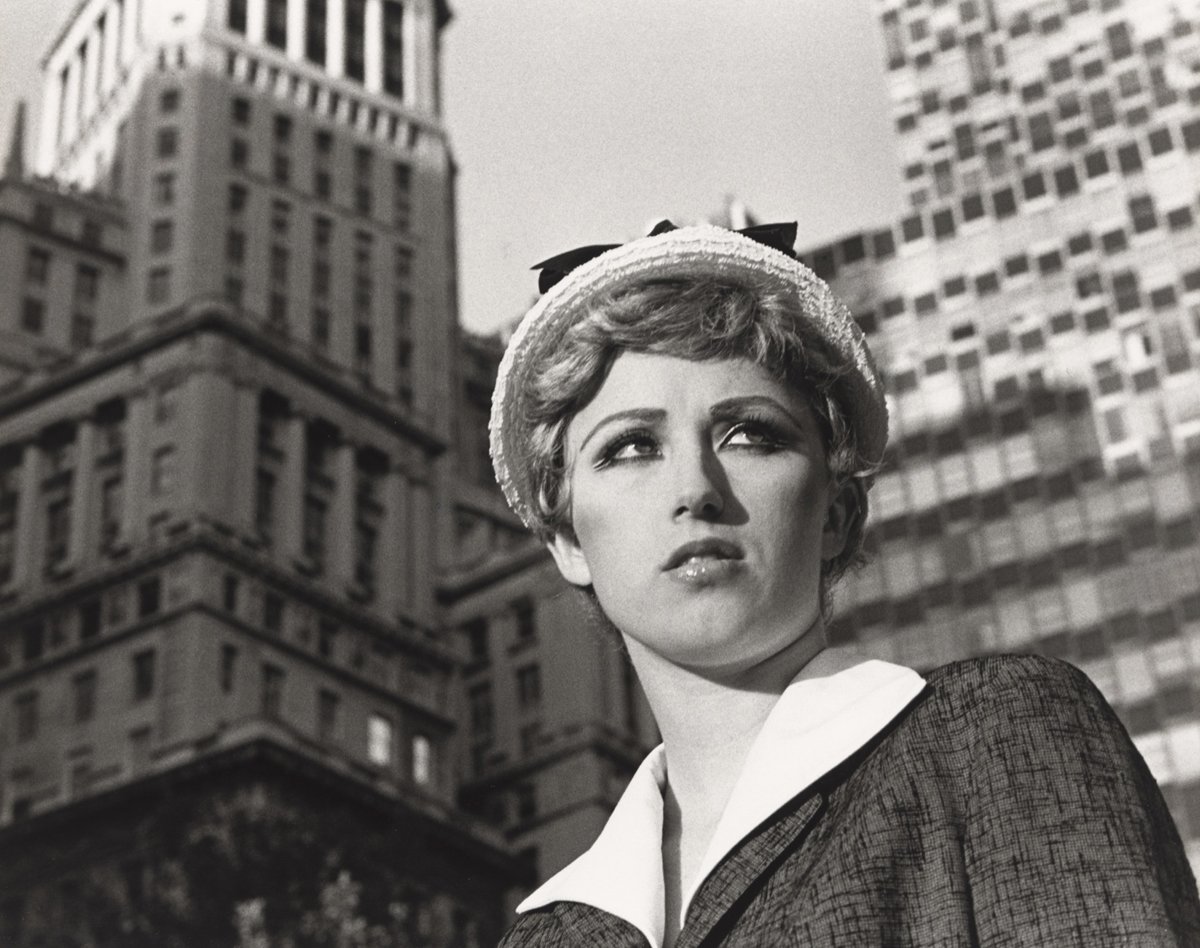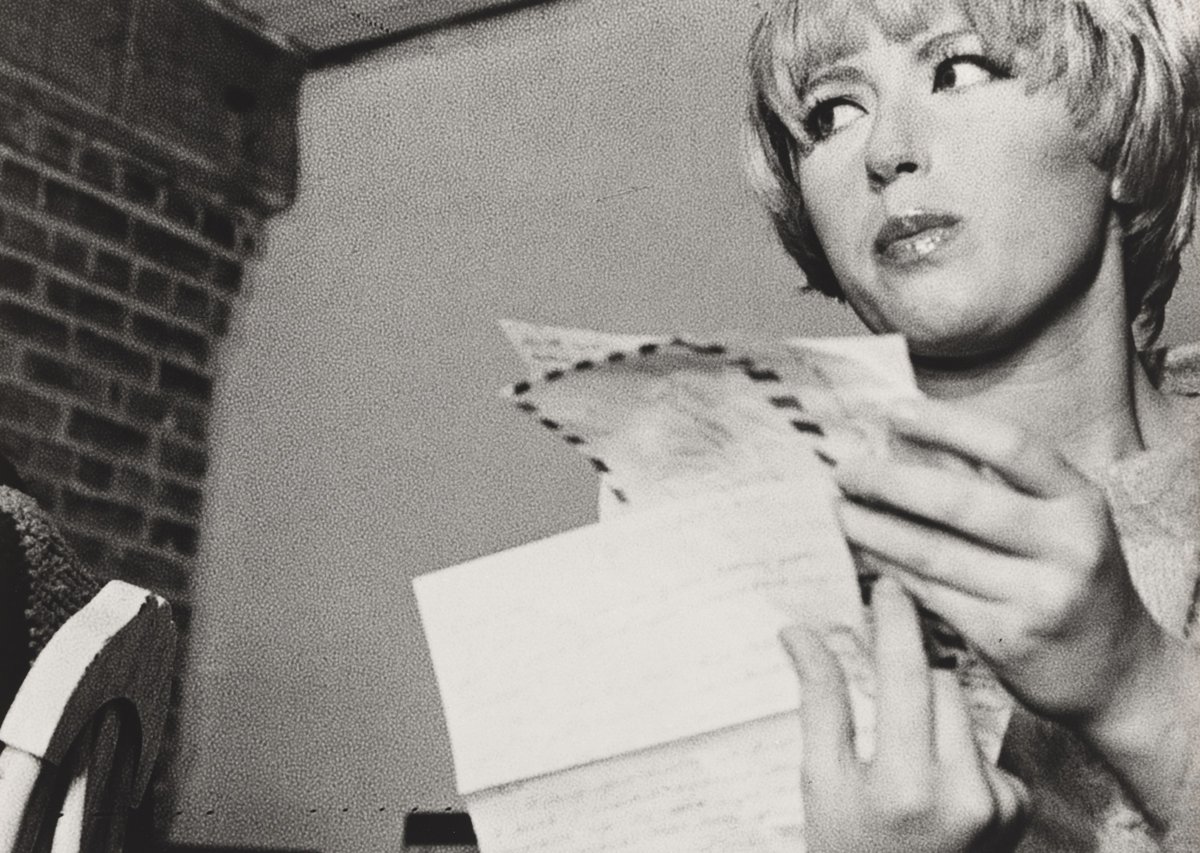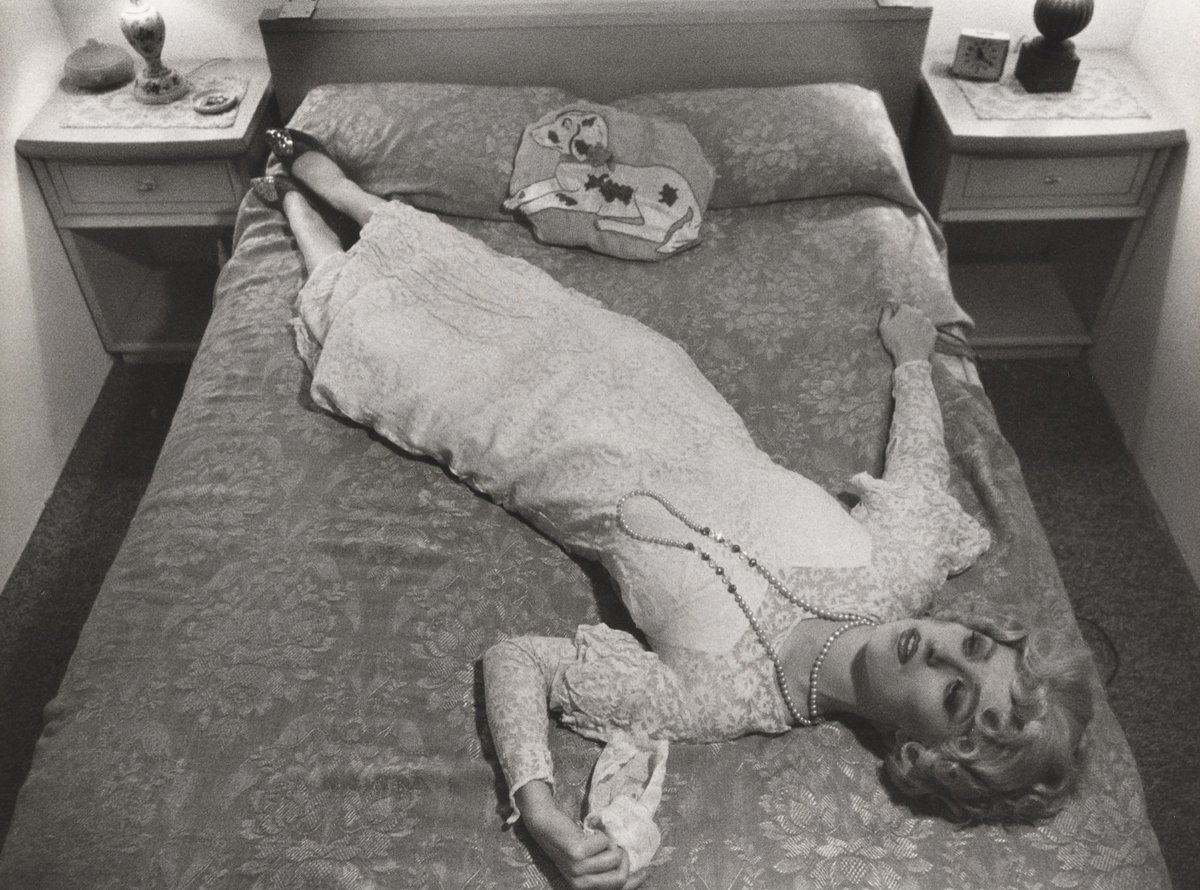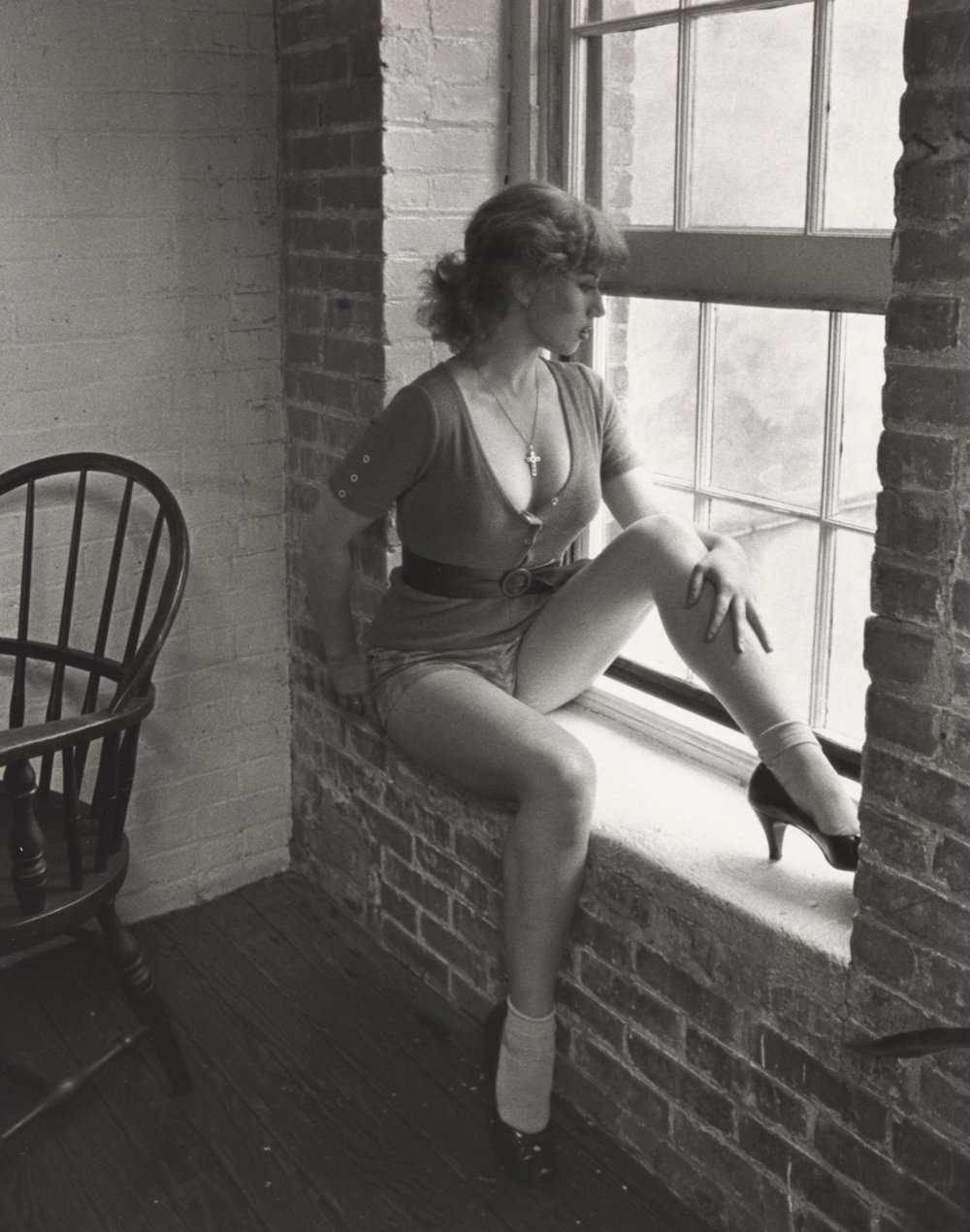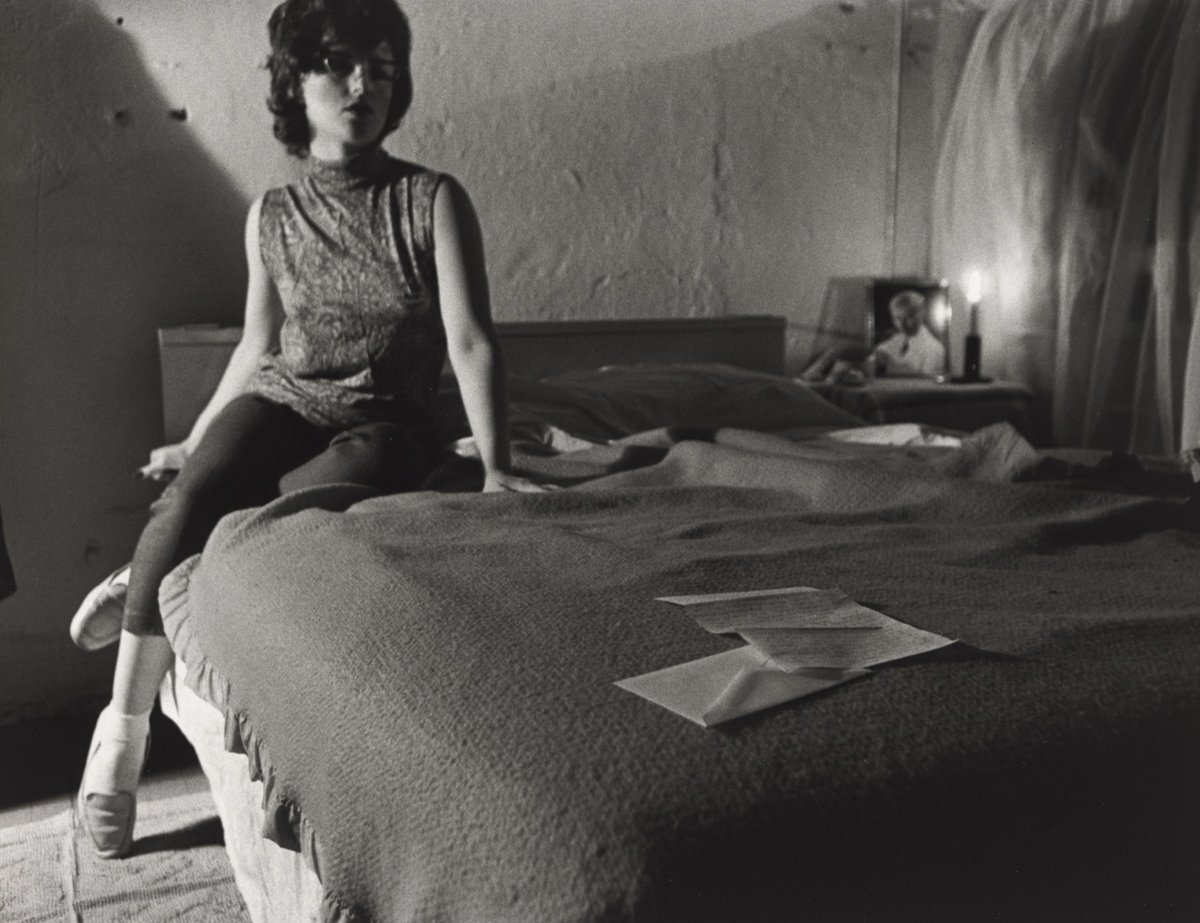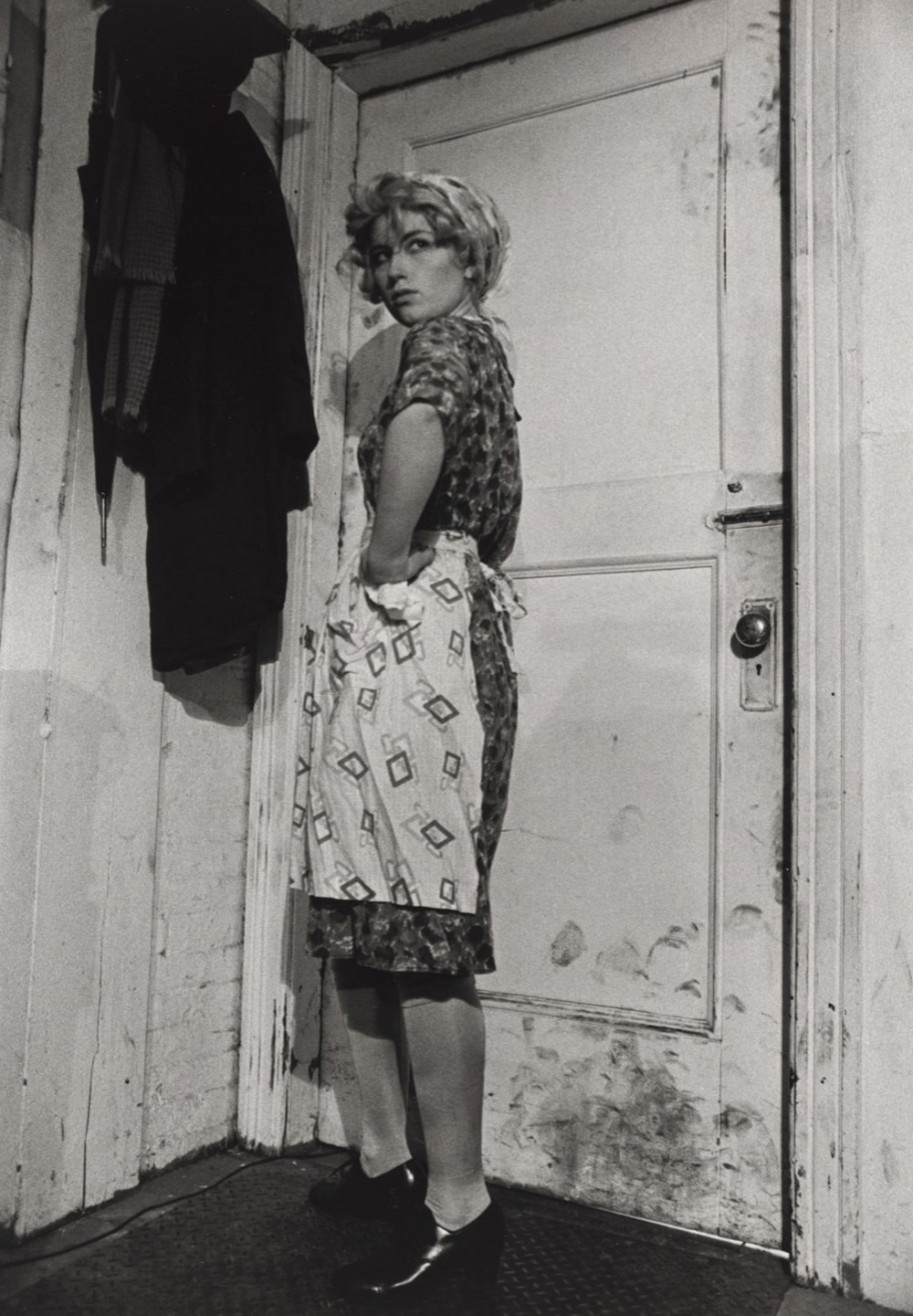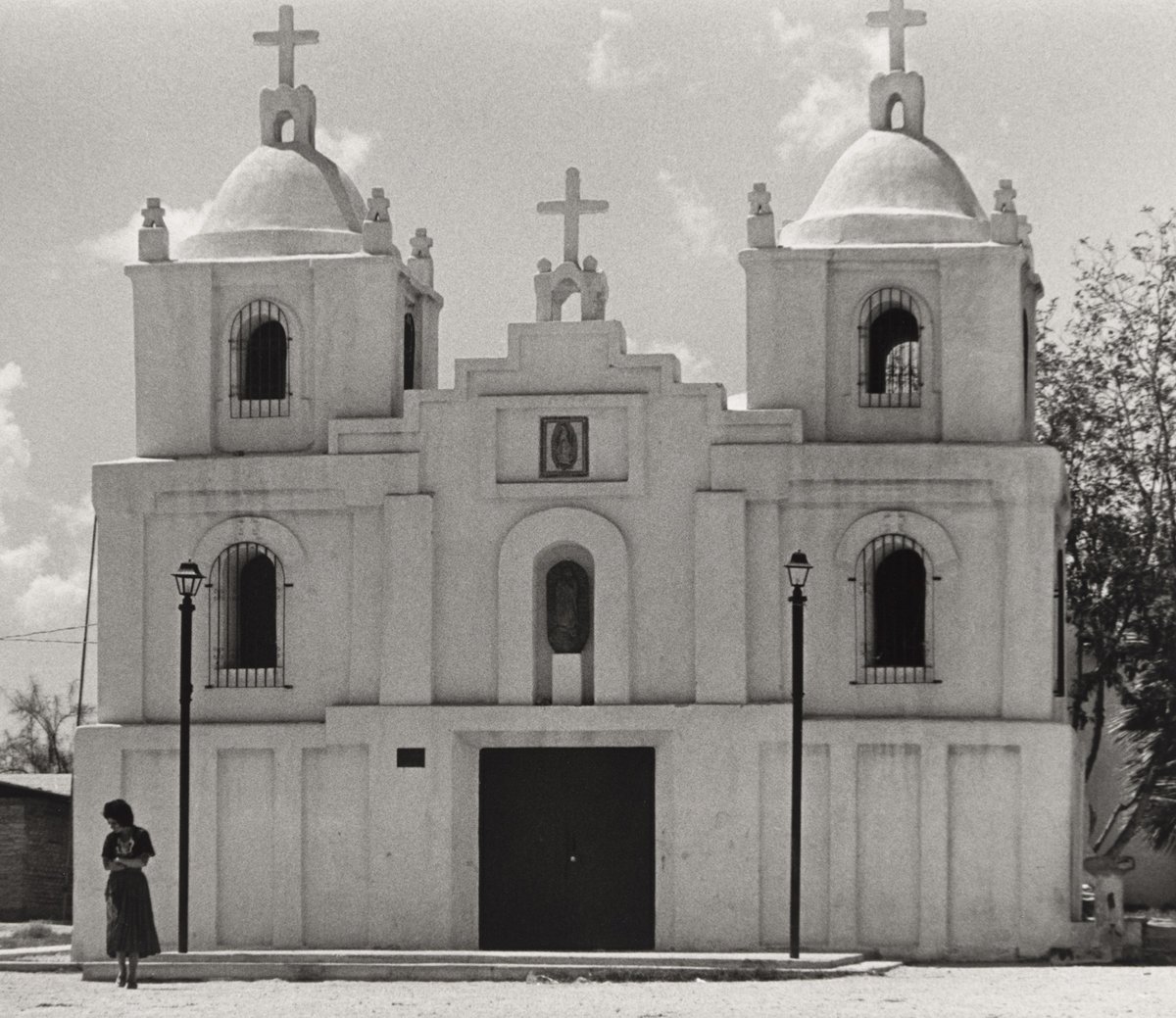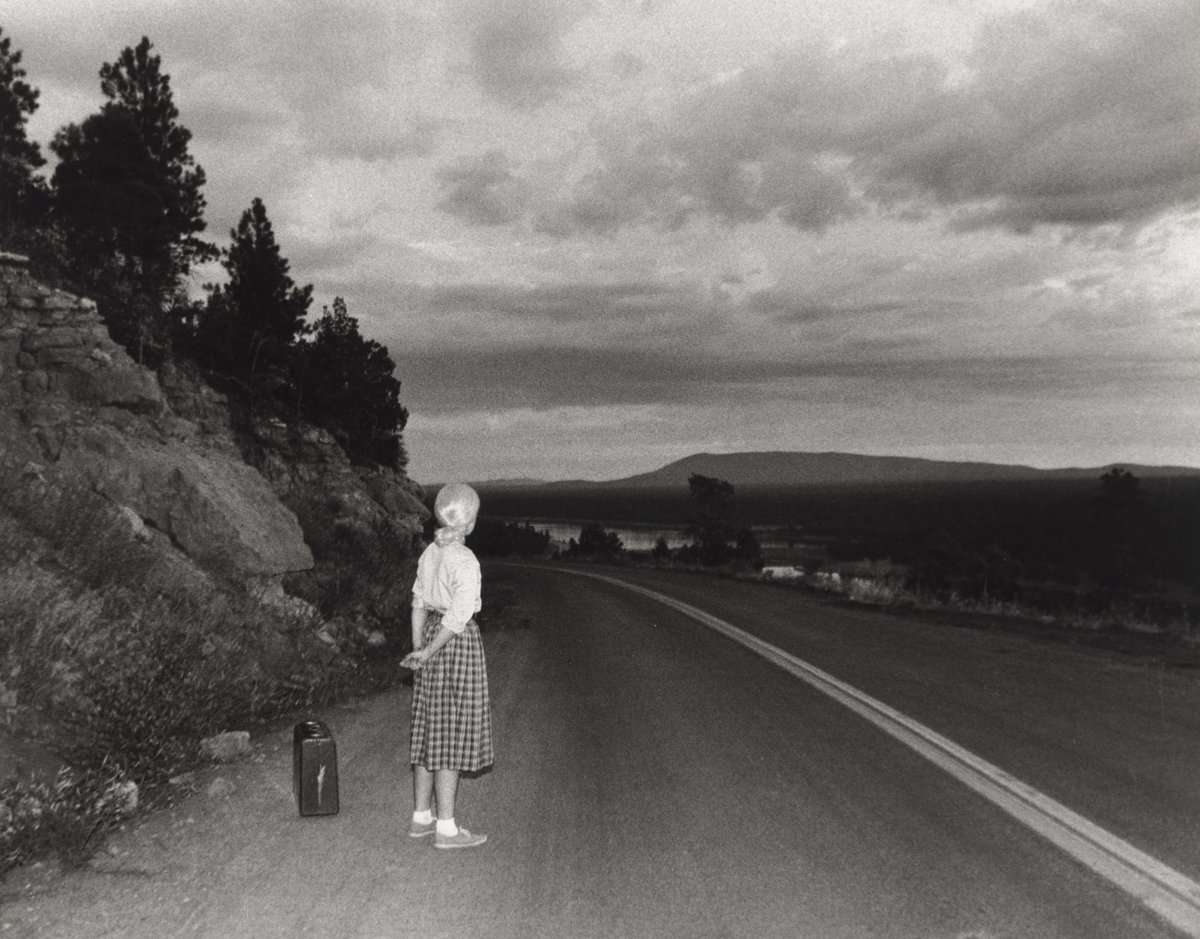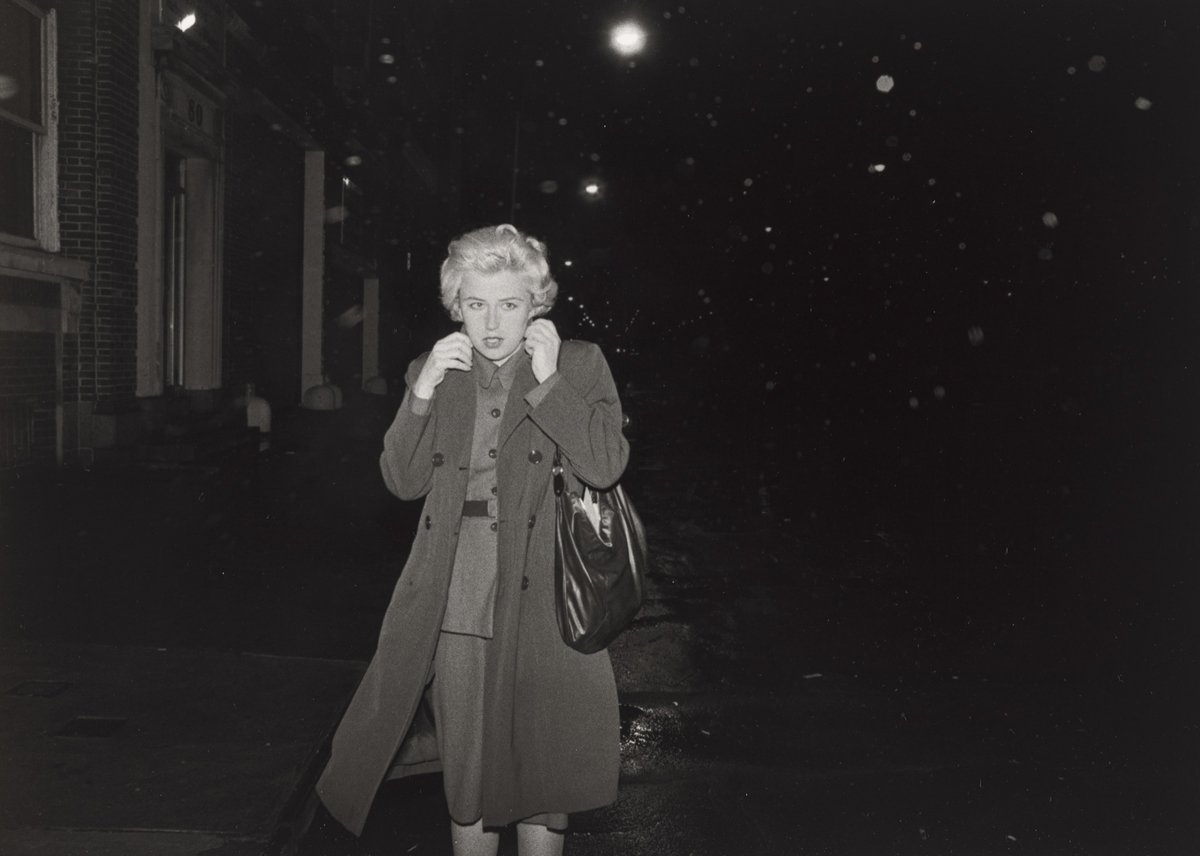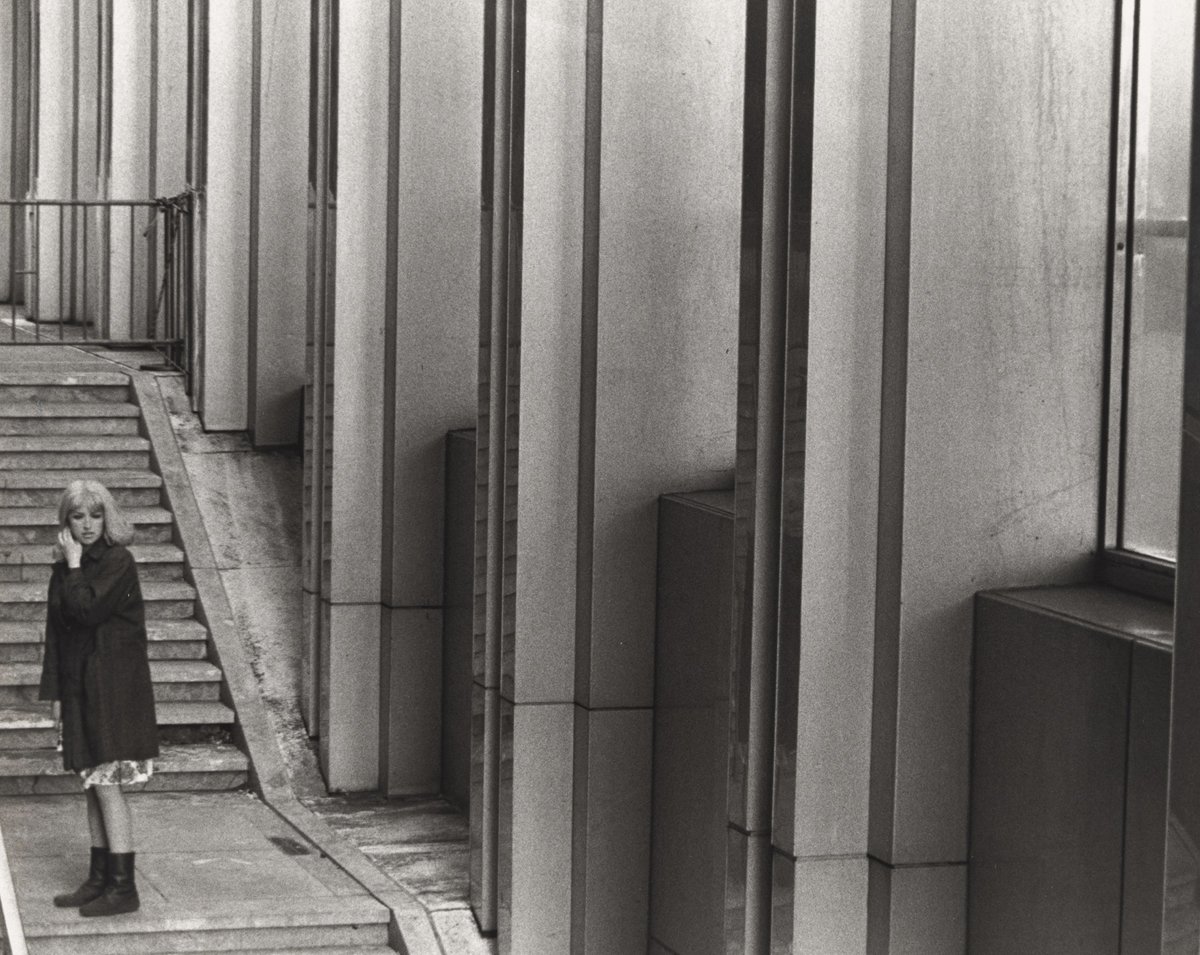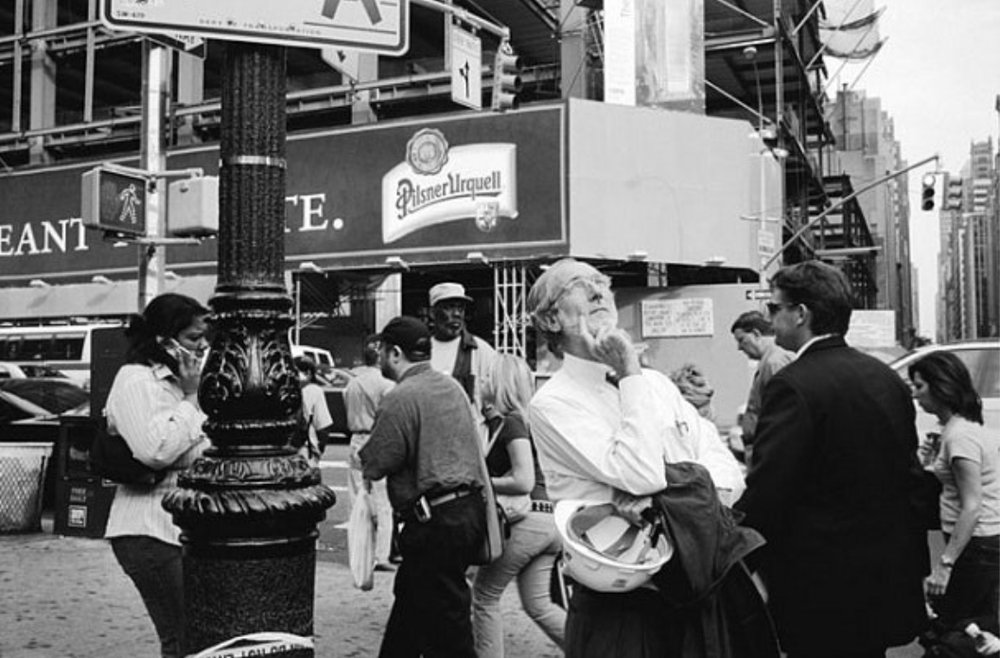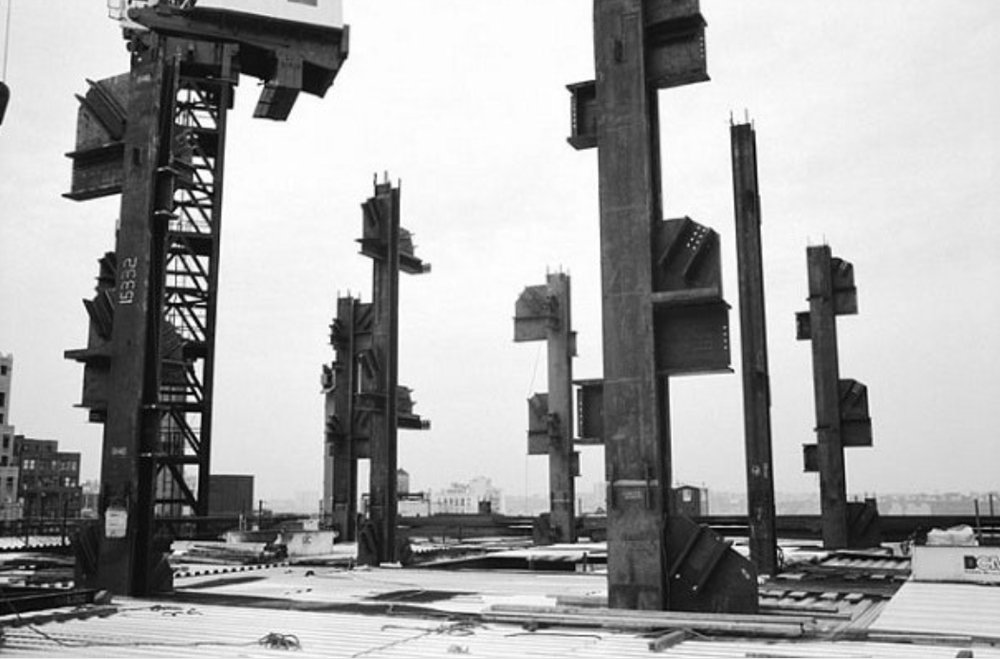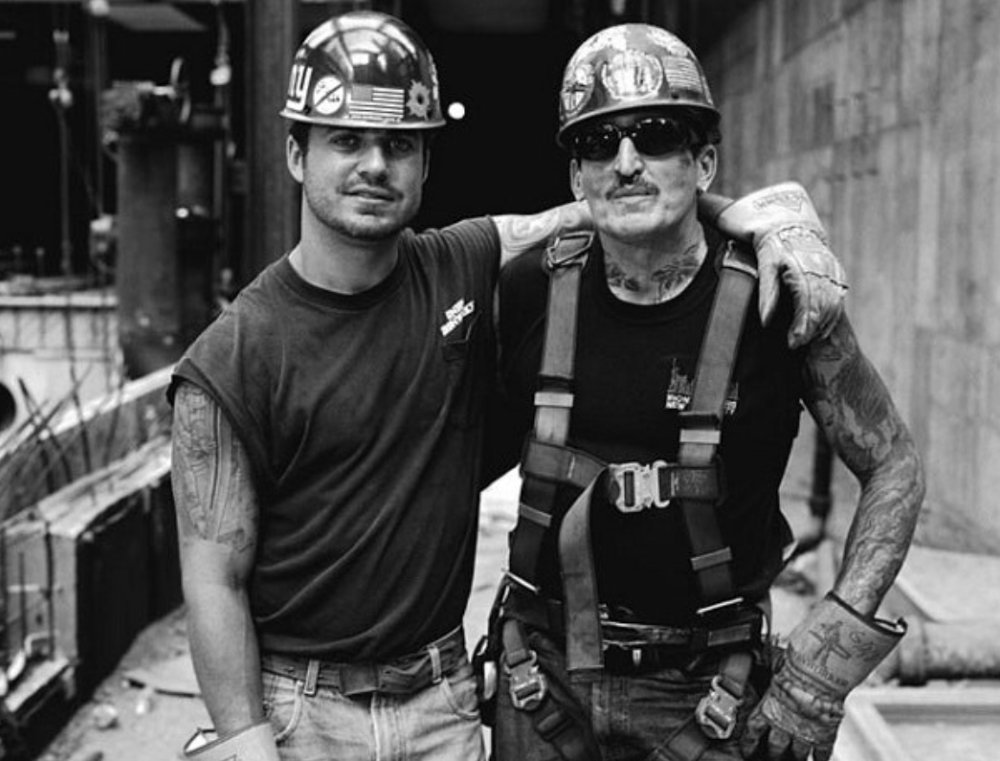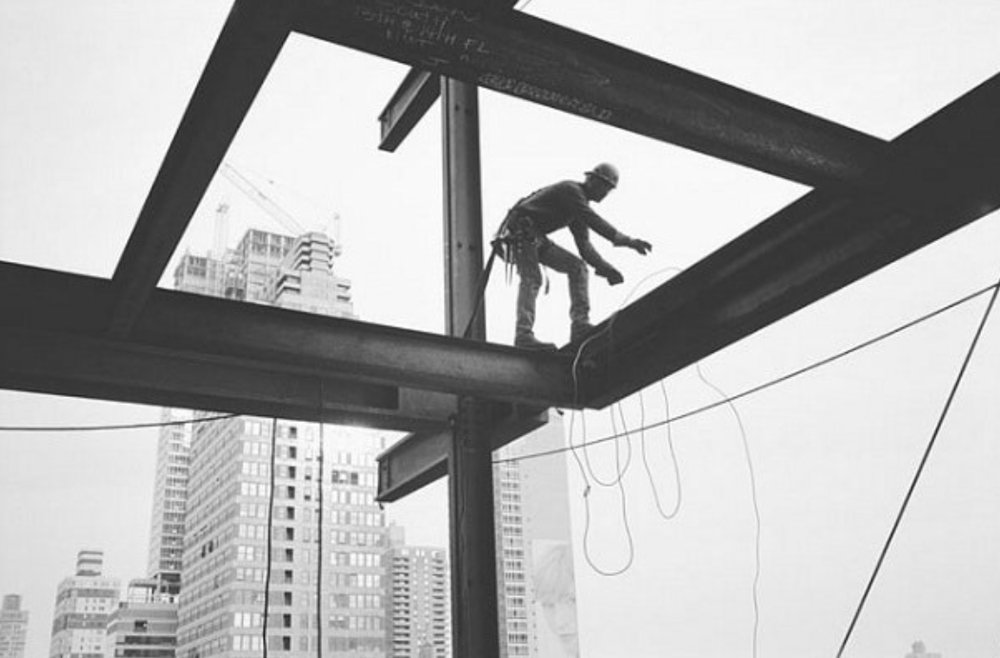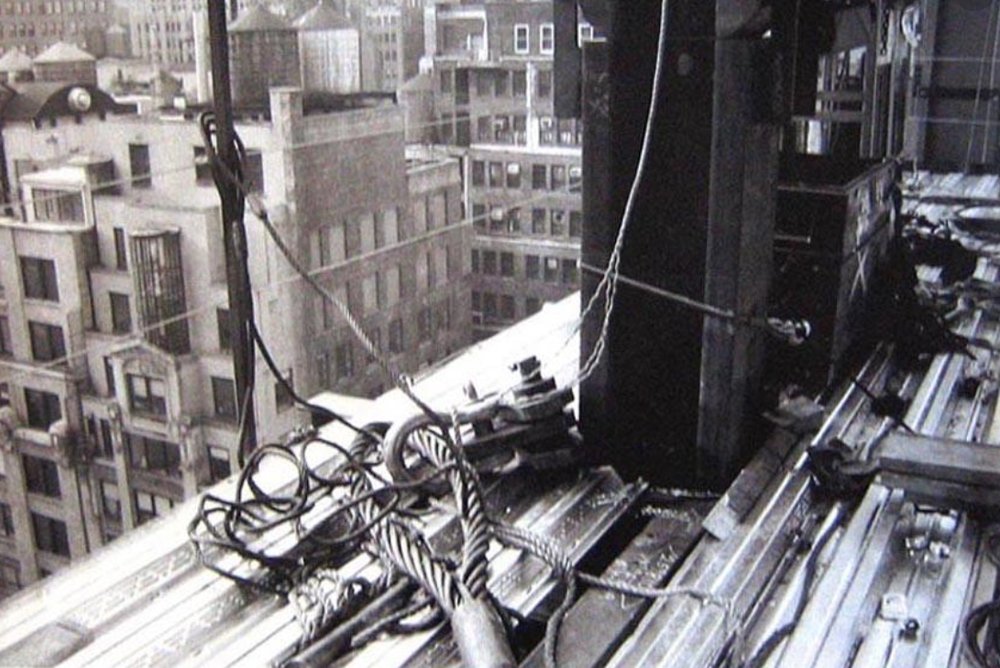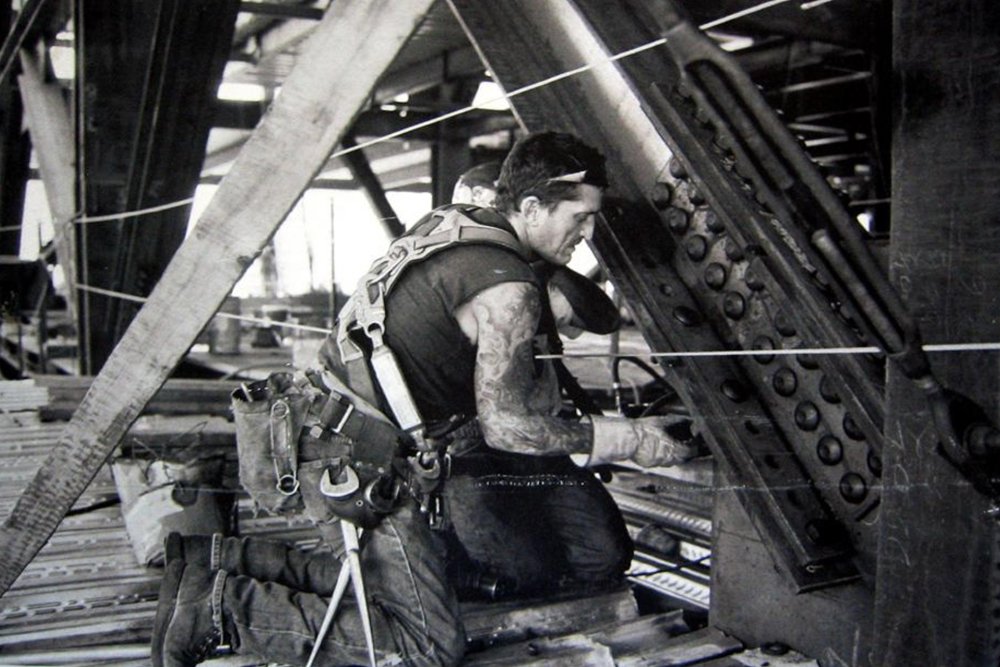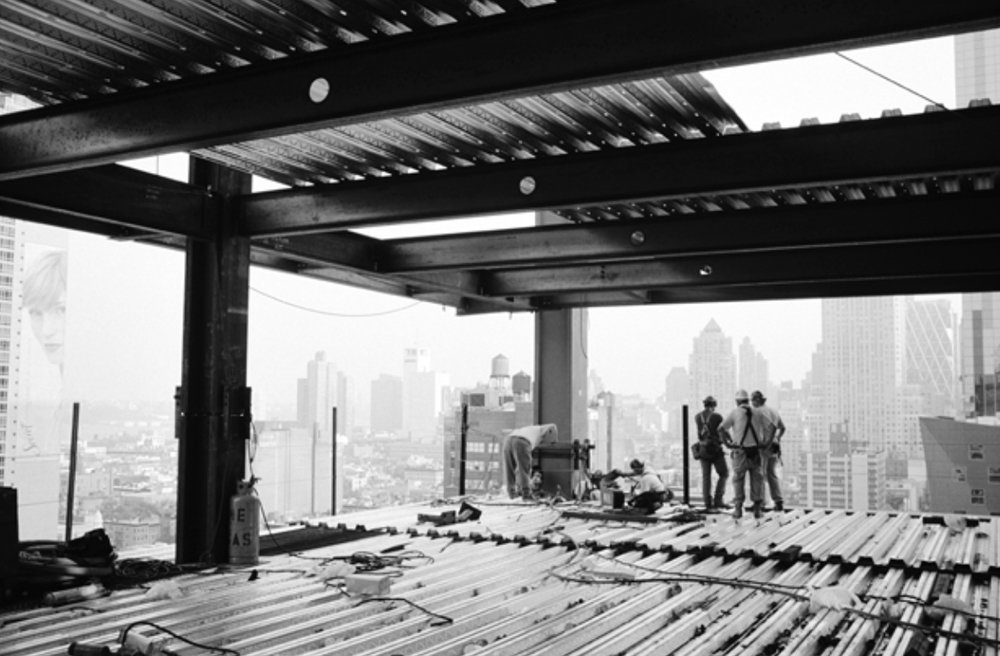Women in Photography
In the context of the Photography Exhibition launched at Tatì Space with the theme "The City of Women", we are bringing to attention some inspiring figures of female photographers, who have made a valuable contribution in the field of photography, with their professionalism and humanism, photographing the contemporary urban life. Starting with Julia Margaret Cameron, as one of the pioneers of photography, Frances Benjamin Johnston as the first woman photoreporter, Berenice Abbott who photographed the emerging modernity, Dorothea Lange and Margaret Bourke-White as the first photoreporter of major historical events , continuing into the modern city with Vivian Maier, Diane Arbus, and to the present time with Cindy Sherman and Annie Leibovitz. The list is longer, but we have chosen these figures as representative of different eras of photography.
Julia Margaret Cameron (1815-1879)
She is a 19-th century British photographer who started photography late in her life, at the age of 48, when her daughter gave her a camera for her birthday. She is known for portraits of well-known personalities of her time, and for photographing heroic, mythological and from literature subjects, where she uses as characters the relatives who came at her studio. She is known for photographing children and women, as well as for defocusing and close-ups of portraits, which had an impact on modern photography.
Frances Benjamin Johnston (1864-1952)
She is one of the first female photojreporters in America. She has been an advocate for the role of women in photography, writing "What a Woman Can Do with a Camera" in 1897, and co-curator of a photographic exhibit at the 1900 World's Fair. Frances is known for portraiture, photography of traditional architecture, and for the series at the Hampton Institute. In 1899 she was asked to photograph the daily lives of students at the Hampton Institute, which after the Civil War offered vocational courses to African American and Native American youth. Since she used platinum plate negatives, which required a few seconds of exposure, it was impossible to spontaneously photograph the young students. In this way, she directed the subjects into carefully composed scenes that speak of Benjamin's unique style, recognizable to this day.
Berenice Abbott (ShBA 1898-1991)
Berenice Abbott is an American photographer known for documenting the architecture and metropolitan life of New York with all its contrasts in the ’30s of the Great Depression. Berenice Abbott is known for her documentary style, outside of any subjectivism and pictorialism. She photographed with an 8x10 inch camera the new architecture of New York that was emerging, but also the places that were disappearing from development. Her main influence was the French photographer Eugene Atget, who scrupulously photographed old Paris, which was disappearing from the modernity of the early 20th century. Abbott called Atget ‘the Balzac of the camera’ and an ‘urban historian’. She is credited with rescuing Atget's archive when, after his death, she bought all the negatives and took them to America, where she worked to publish his work. In the last years of her career Berenice Abbott was involved in the technical and scientific aspects of photography.
One of her expressions is "The world doesn't like independent women, I don't know why, but I don’t care"
Dorothea Lange (1895-1965)
She is an American photographer who realistically documented the difficult life of Americans during the Great Depression of the 1930s. With her humanitarian photography, she influenced the allocation of federal funds for the poor, but also the development of the genre of documentary photography. One of her iconic photographs is "Migrant Mother" where she photographed a poor family in the conditions of existence. Lange had the ability to photograph the beauty and the dignity of people. One of her expressions is "The Camera is a Tool to Learn How to Look..." She used the camera as a democratic instrument. Although Lange had a physical difficulty in movement, due to a childhood illness, she is known as a fighting woman, at a time when this quality was not accepted for women. She traveled extensively, photographing the underrepresented lower classes of the population; farmers, workers, Jewesh, blacks, the poor, immigrants of various nationalities, thus offering a democratic vision of America at a time when the country needed it most.
Margaret Bourke-White (1904-1971)
She is the first American war photographer and one of the most important photoreporters in America in the 1930s and 1940s. Her first photographs are those of industrial buildings, machineries, people, but then she focused her attention on social issues, in areas of extreme poverty during the Depression, where she photographed for Fortune and later for Life Magazine. Bourke-White was the first foreign photographer allowed to photograph in the Soviet Union during the 1930s, making her one of the most famous photographers in America. She was allowed by the Military Corps to photograph the Second World War, during which she photographed the most important events such as the bombing of Moscow by German troops in 1941, war crimes, concentration camps after the Nazi capitulation. After the second world war, she documented the most important historical events, such as Gandhi's efforts for the independence of India, the Korean War, the riots in South Africa, etc.
Vivian Maier (1926-2009)
Vivian Maier has one of the most interesting stories in the history of photography. She photographed urban street life of America in the 50s, 60s, with strong intensity, curiosity and a sense of humor, but she never published her photos. She was a rather reserved person, although educated and cultured, she took pictures as a hobby while performing her duties as a nanny. As the children she raised later put it, they never understood what Maier was photographing. When they asked her, she answered with a smile that she was a spy. While Maier walked the children to every corner of the city, she took interesting photos, which today constitute a visual legacy of that time. Her photography became famous after her death, thanks to the art collector, John Maloof, who in 2009 bought the 150,000 negatives she shot during her lifetime and made them known to the public through the publication of books, exhibitions and documentaries .
Diane Arbus (1923-1971)
She is an American photographer known for her controversial style, criticized and appreciated at the same time. She photographed New Yorkers in the 1950s and 1960s, people in the park, children, women, disable people, those living on the fringes of society, circus performers, transgender people, those who, as one art critic says, ' they attract our attention when we see them on the street, but we instinctively look away because we are ashamed of what we see'. But Arbus, on the contrary, observes, studies and photographs them psychologically, as no other photographer had done before. While the street photographers of her generation like; Evans, Winogrand, Lewitt, etc., followed a guerilla style, photographing people without distinguishing, Diane instead seeks the approval of the people she photographs. Often times she returns to a subject twice, takes notes, chats, makes friendship, visit their home, and waits for the right moment to take the picture. For this reason her subjects look straight into the camera, being aware of the presence of the artist, and including the viewer as well. With her style, she left her mark on modern photography followed by many photographers. While Arbus' photography is related to identity, voyeurism, different people, in a homophobic society of the '50s-'60s,she was not always liked by the public and critics of the time. In a quote (Norman Mailer) says 'giving a camera to Diane Arbus is like giving a child a hand grenade'. During the 'New Documents' exhibition at the Museum of Modern Art in 1967, where Arbus was featured alongside Garry Winogrand and Lee Friedlander, her photograph was spat on by several visitors, so much so that it had to be cleaned up every day. While Susan Sontag, one of the most popular critics of the time, says that Diane Arbus lacks compassion for her subjects. Many have speculated about Diane's motives for taking photographs in this way. But her letters, which became known after her death in 1971, show the opposite. She found emotions, and saw herself reflected in people that look differently. Diane Arbus came from the rich and bourgeois class of New York society. She had attended the best schools in the country with high results. However, she ignored her class origins. She seems to search for this sense of belonging and isolation from the subjects he photographs. She learned photography through Fashion Photography, in the studio she opened with her husband. In 1956, at the age of 33, she broke away from it, following the vocation of documentary photography, which she developed with her own personal style. One of her expressions is: 'For me, the subject of the photograph is always more important than the picture itself; 'Abnormal people are born with their trauma. They have passed the test of life. They are aristocrats'; "My favorite activity is going to places I've never been."
Cindy Sherman (1954)
She is an American artist who uses photography to create several series of self-portraits related to the stereotypes of women in Western culture, created by cinematography, television, advertising. The first series with which she became famous is "Film Stills" or "Film Scene" in the 70s-80s, where she appears dressed as movie characters, in similar scenes from the European cinematography of the 50s- '60 and the American noir genre. In these photographs, she appears sometimes as a housewife, sometimes as a secretary, sometimes as a provocative woman, other times as a career and independent woman. In the black and white photographs of the series, she builds a catalog of characters, or an encyclopedia of stereotypes of women in the cinematography and advertising of the time. Although Sherman's "film scenes" resemble movie publicity stills (from which the cycle takes its name), none of them refer to a specific film. Sherman's mastery is that she plays with stereotypes of women, and with our expectations which is influenced by these stereotypes. In later years, Cindy Sherman will develop other photographic series related to the stereotypes of beauty in Western culture, and those coming from art history, developing even more the lighting, costume design and make-up.
Annie Leibovitz (1949)
Annie Leibovitz is a famous photographer of our time, photographing celebrities for “Rrolling Stone” and “Vanity Fair”, but few of us know that she started her carier with documentary photography in black and white. She keeps this perspective in photographing the construction of “New York Times” building, designed by Renzo Piano, when in 2005 and 2006 she was commissioned by the developer Forest City Ratner Companies to document the construction of the tower, which concluded in the series “Building the Times”. Known for her beautiful portraits, Annie Leibovitz takes into accoun the human factor, when she photographes the workers that asseble by hand this megastructure. For this series she says “The most fascinating aspect of this project has been learning that buildings are still put together essentially by hand. Watching the construction workers glide across steel beams and hoisting heavy girders into place has been amazing”

